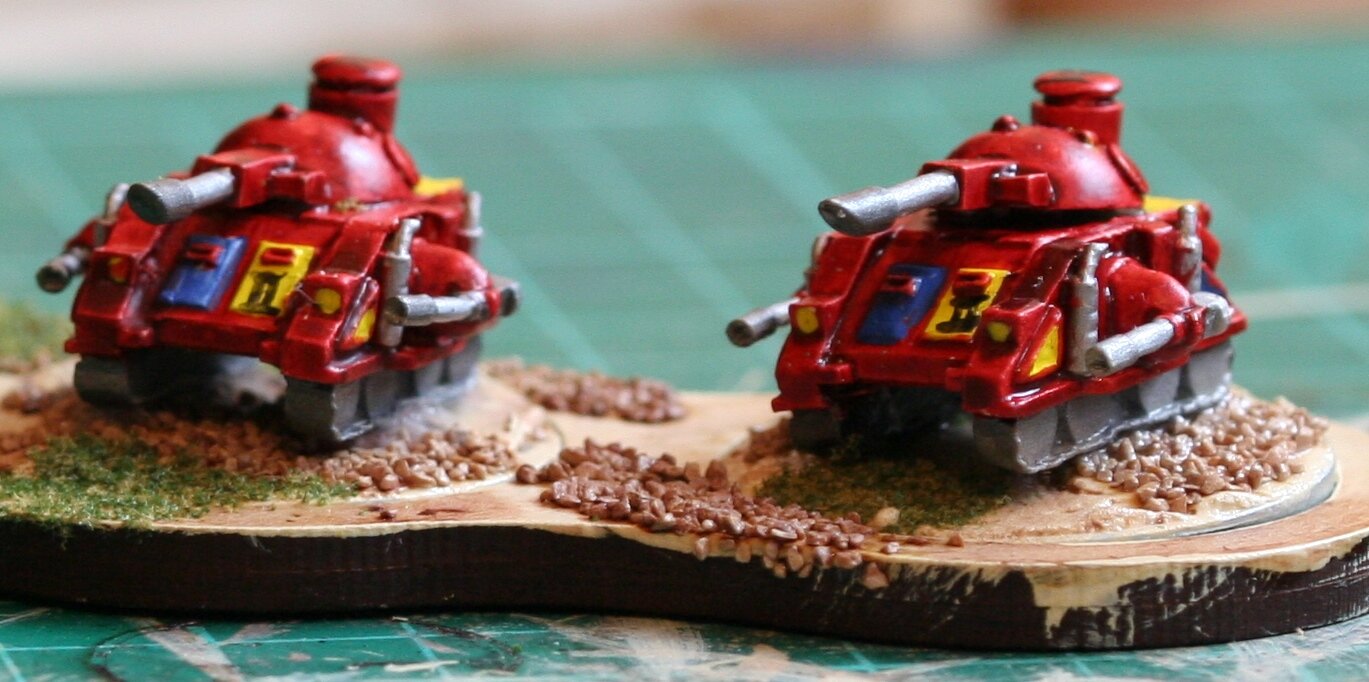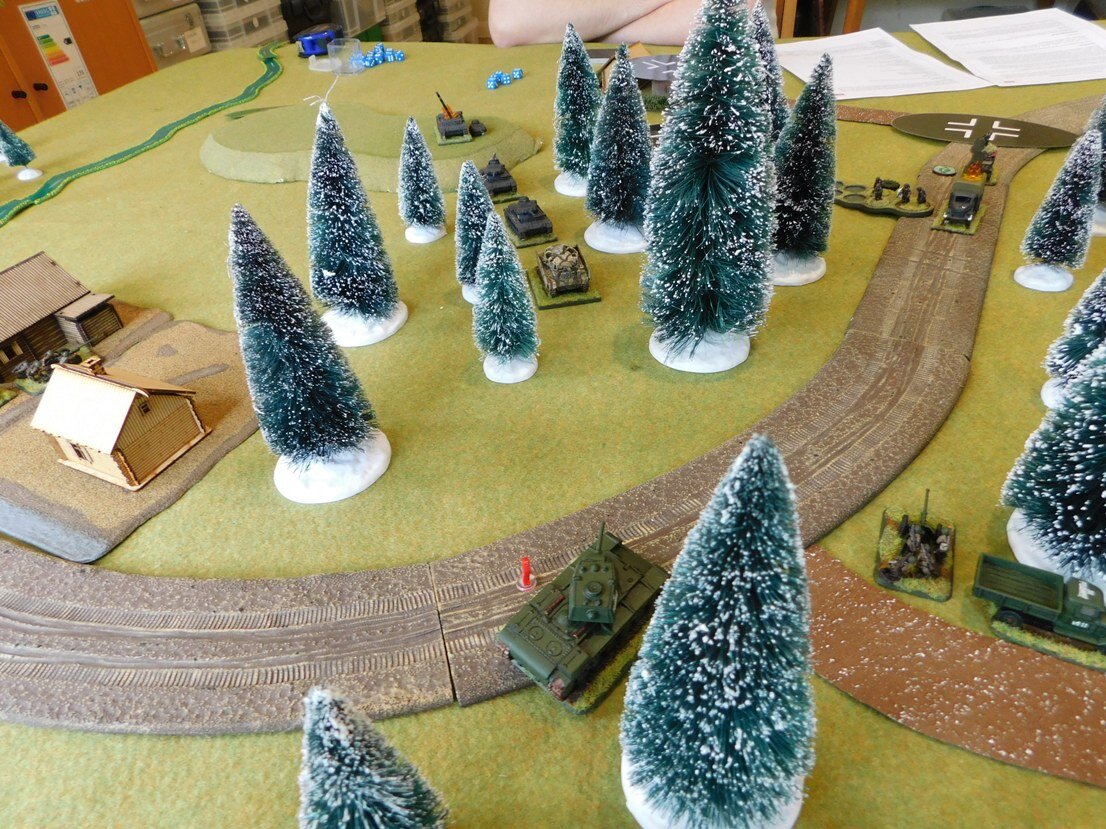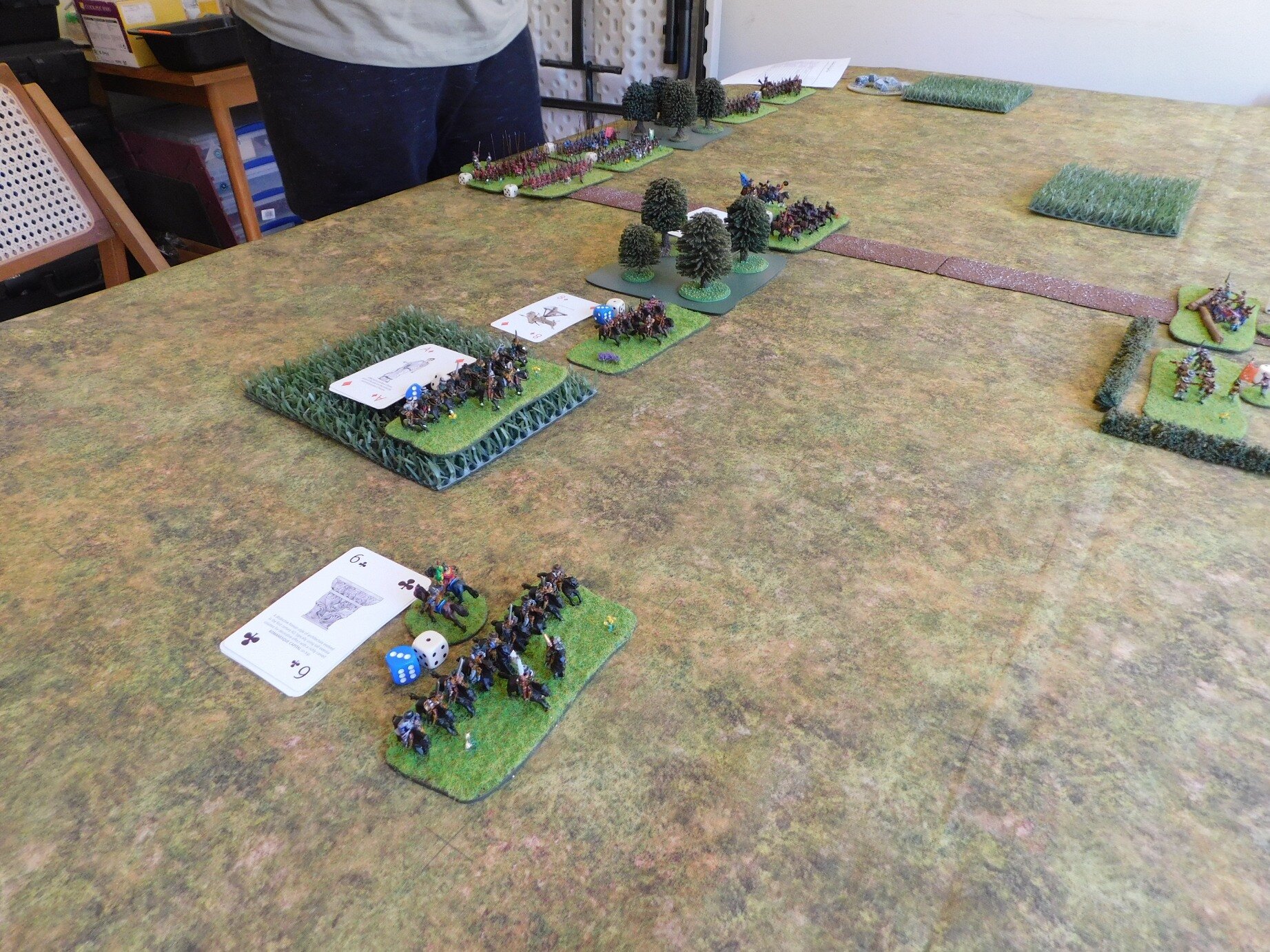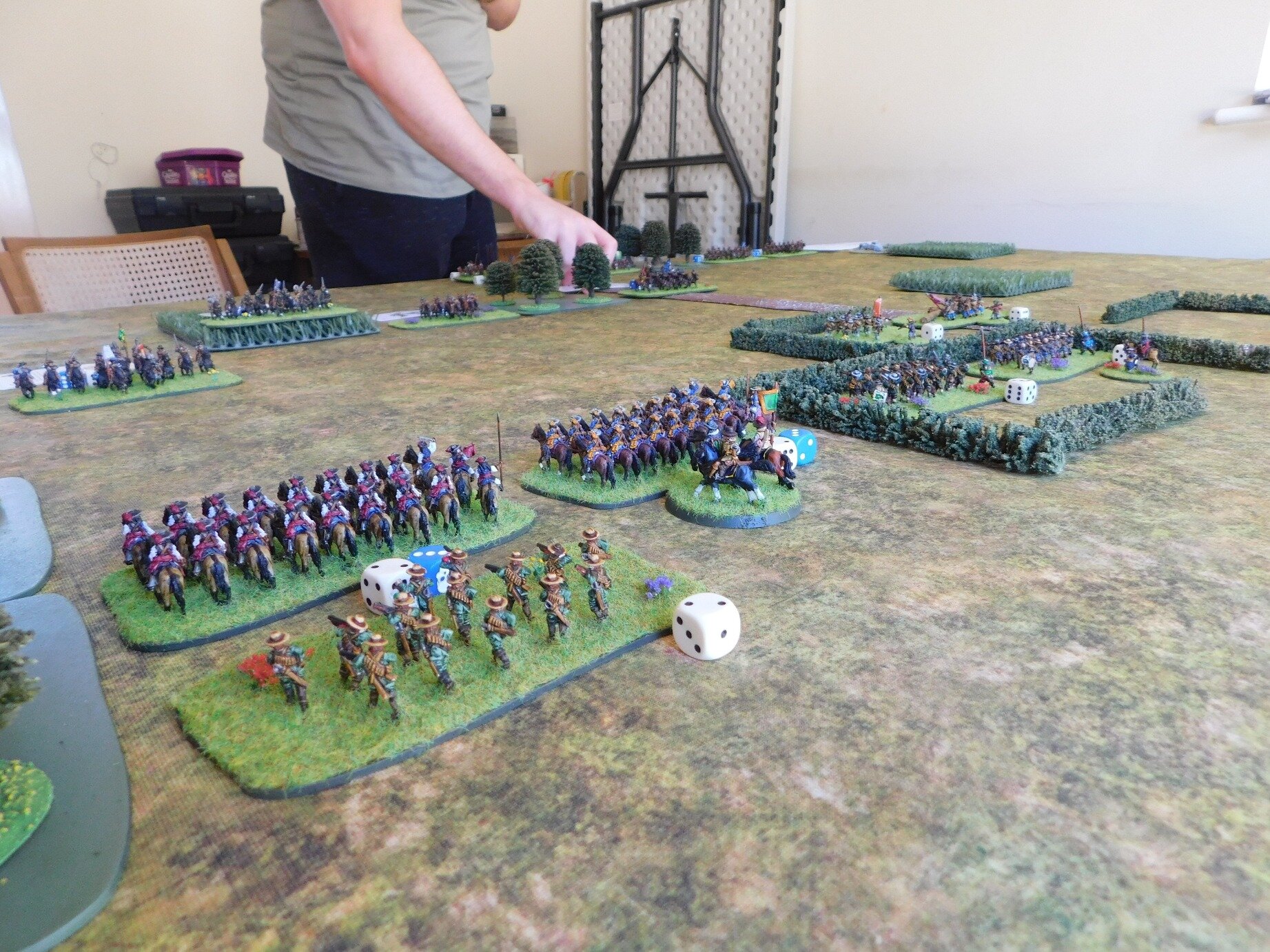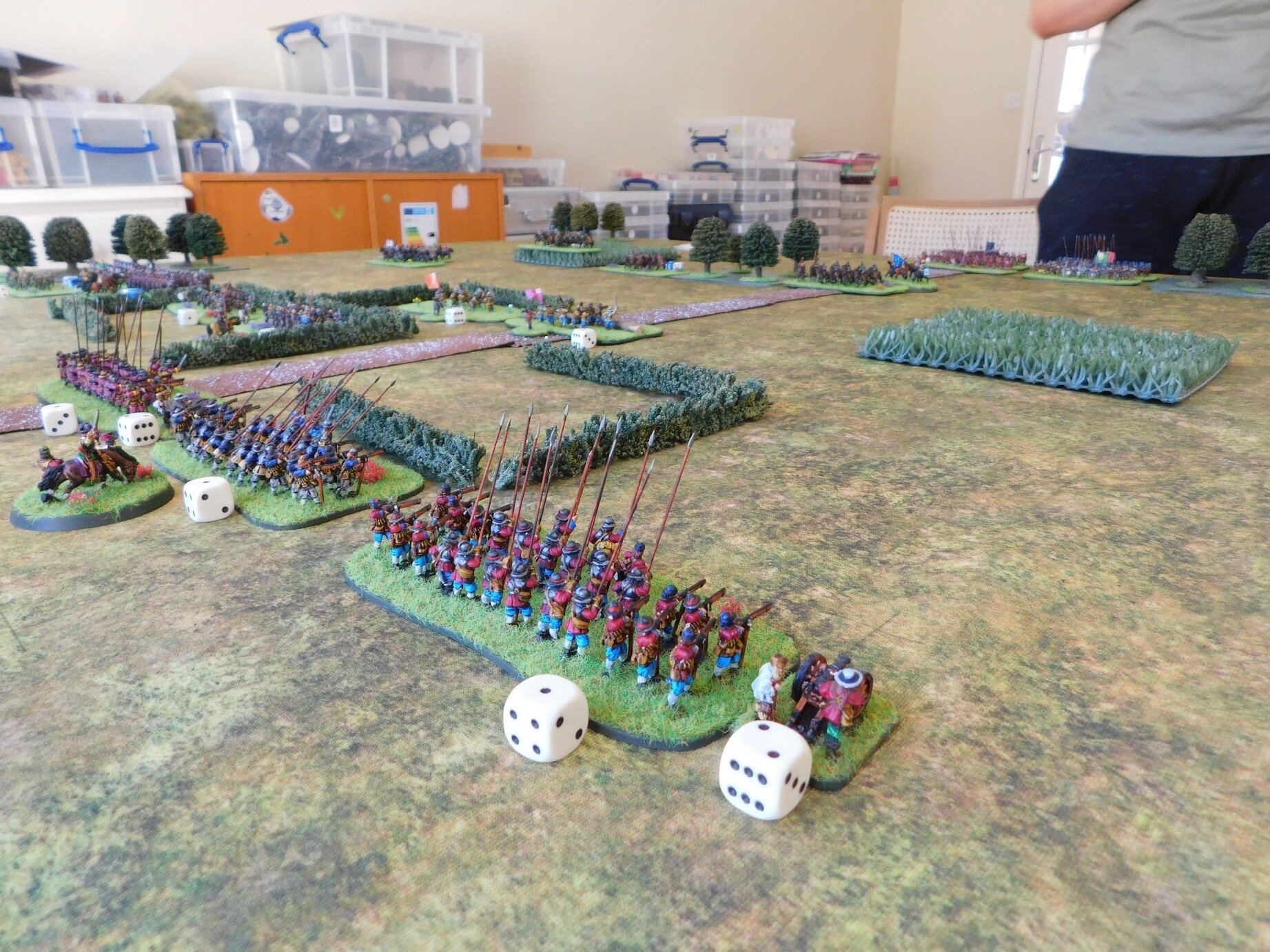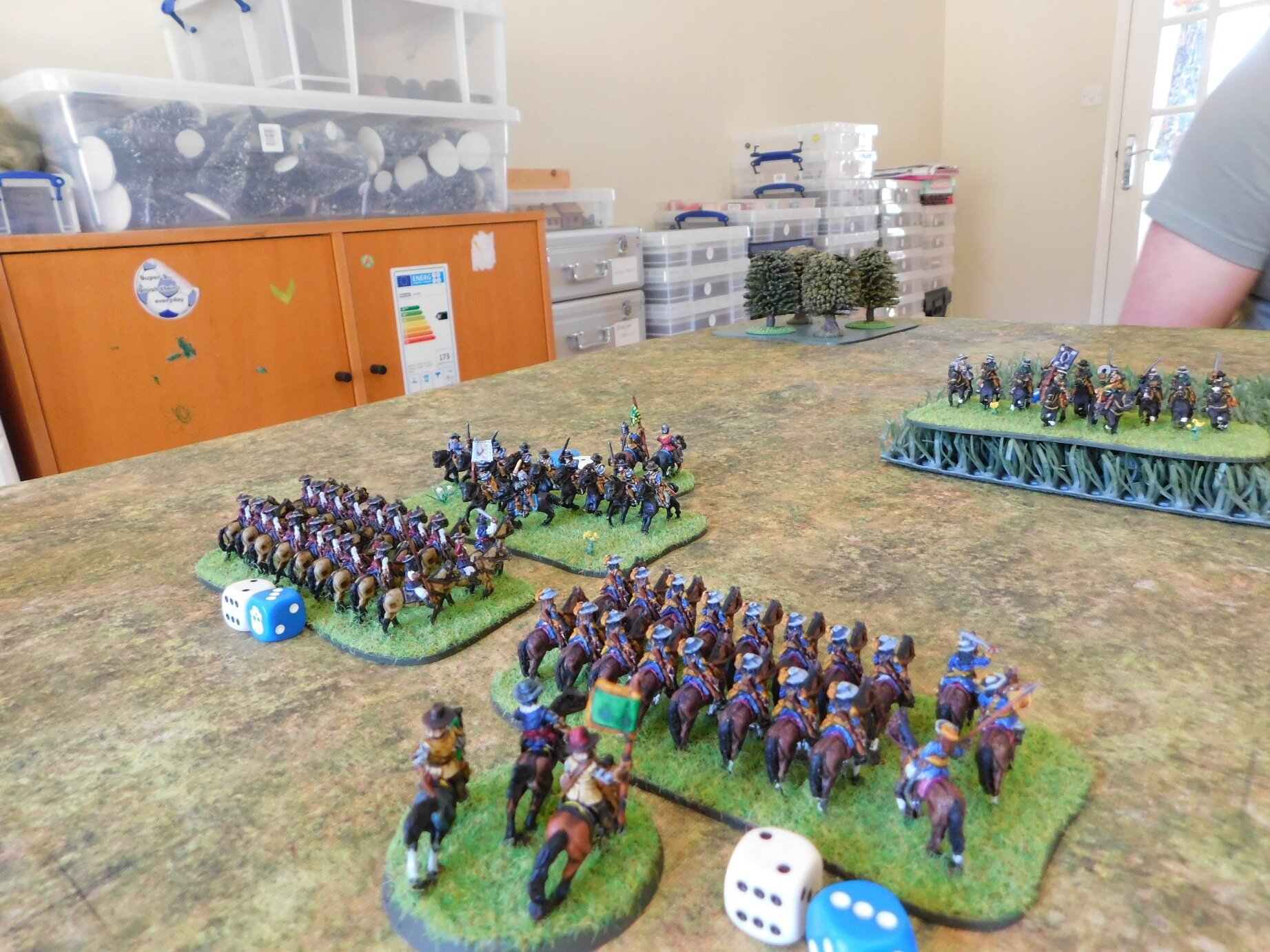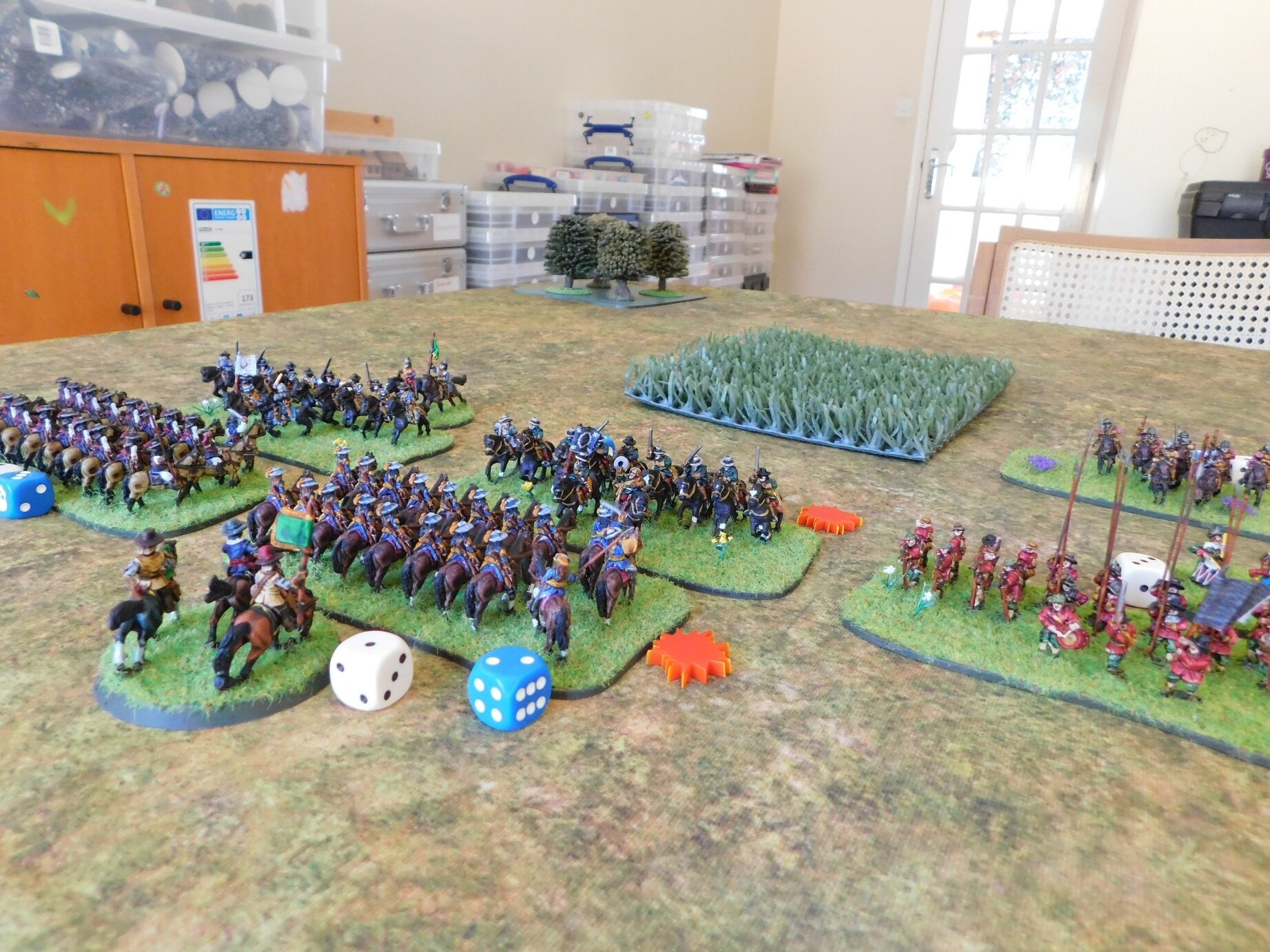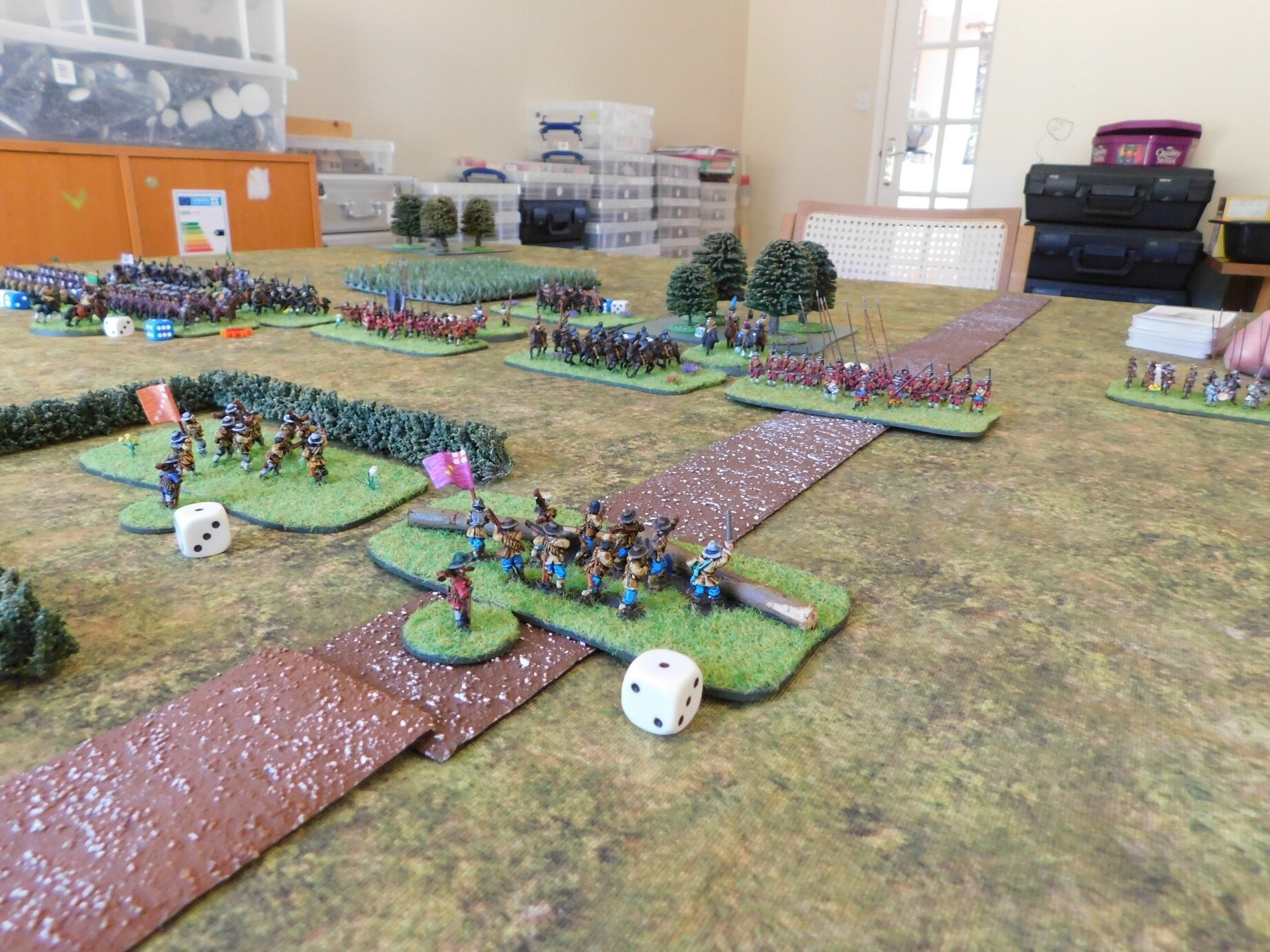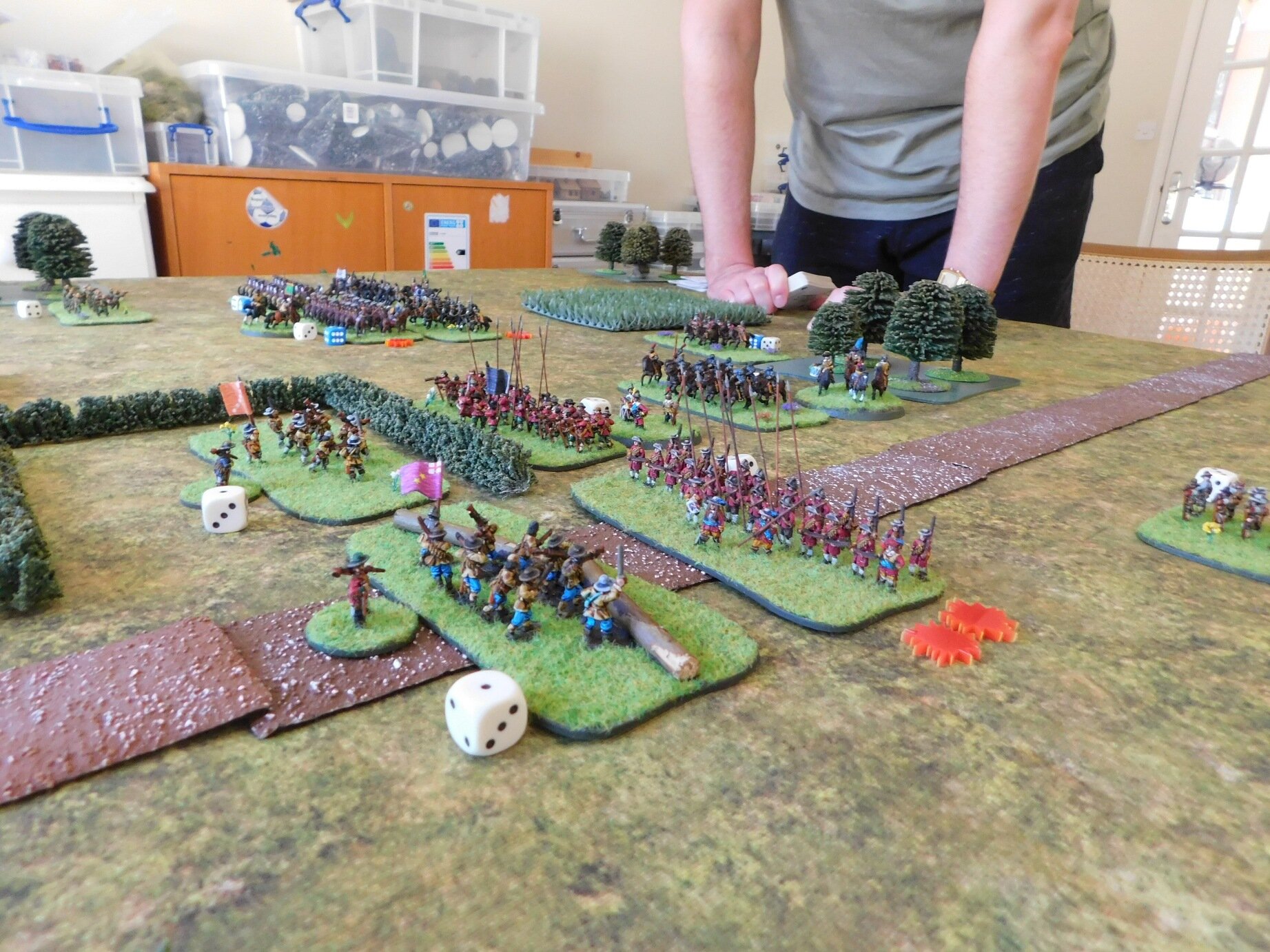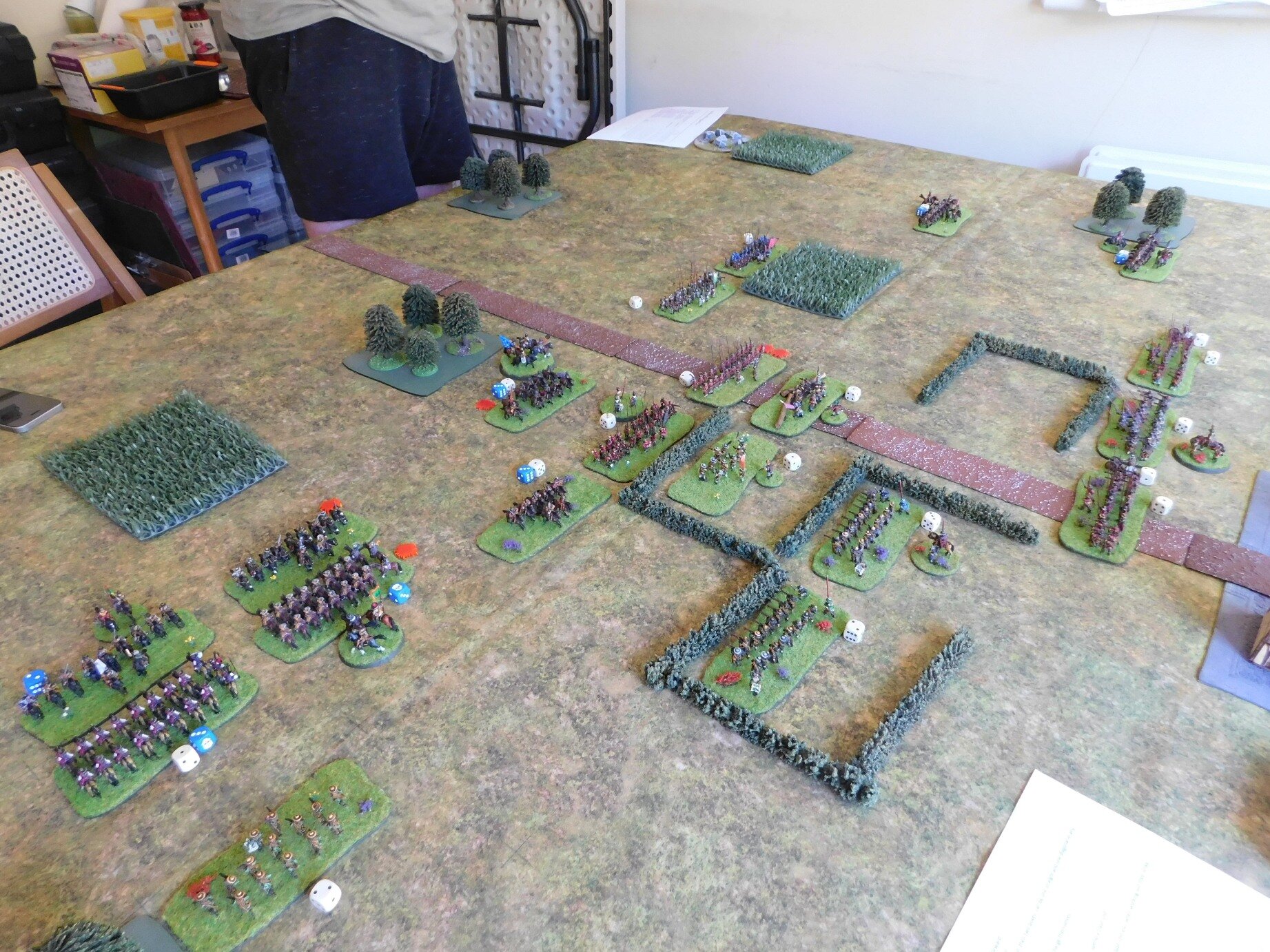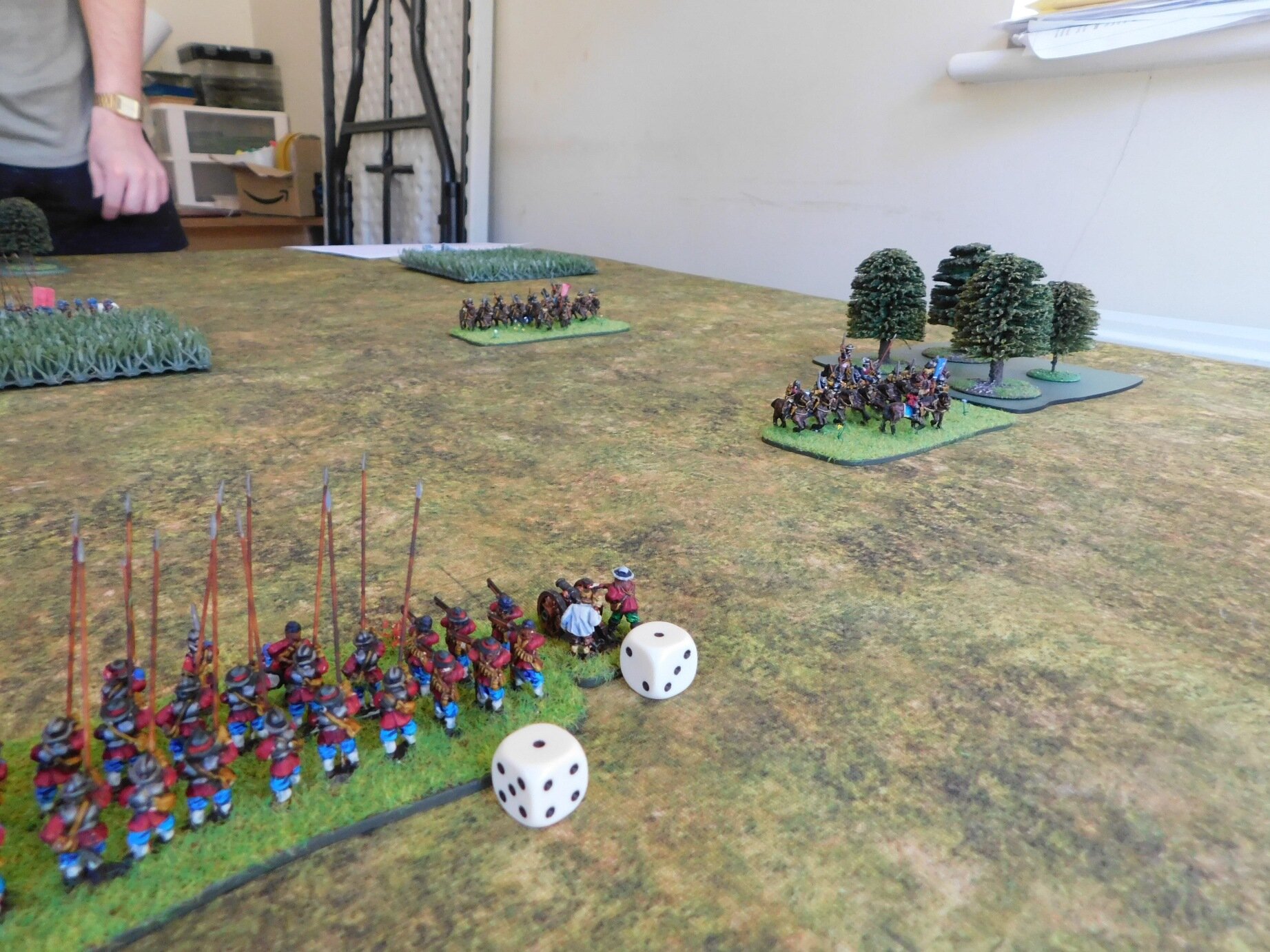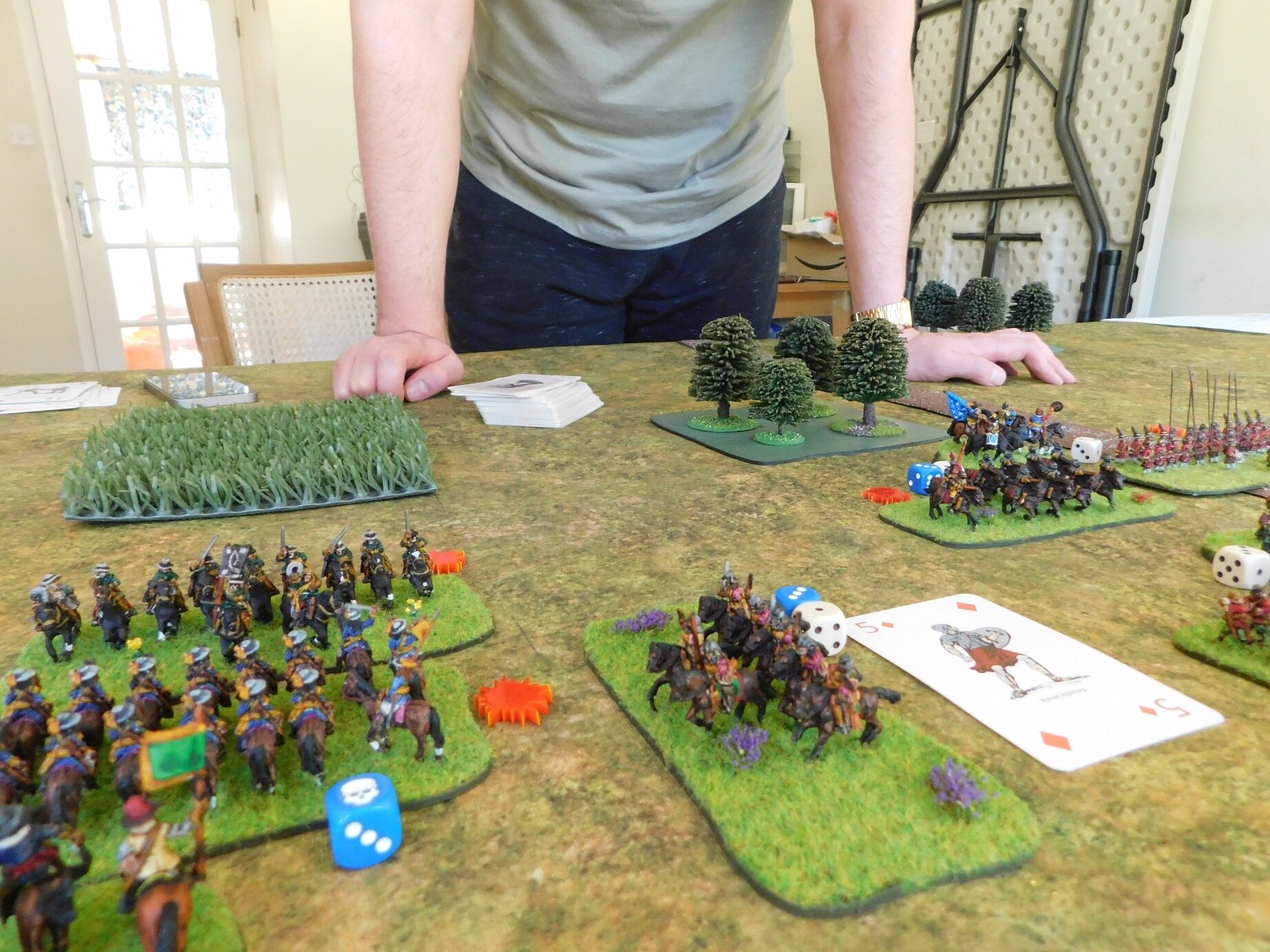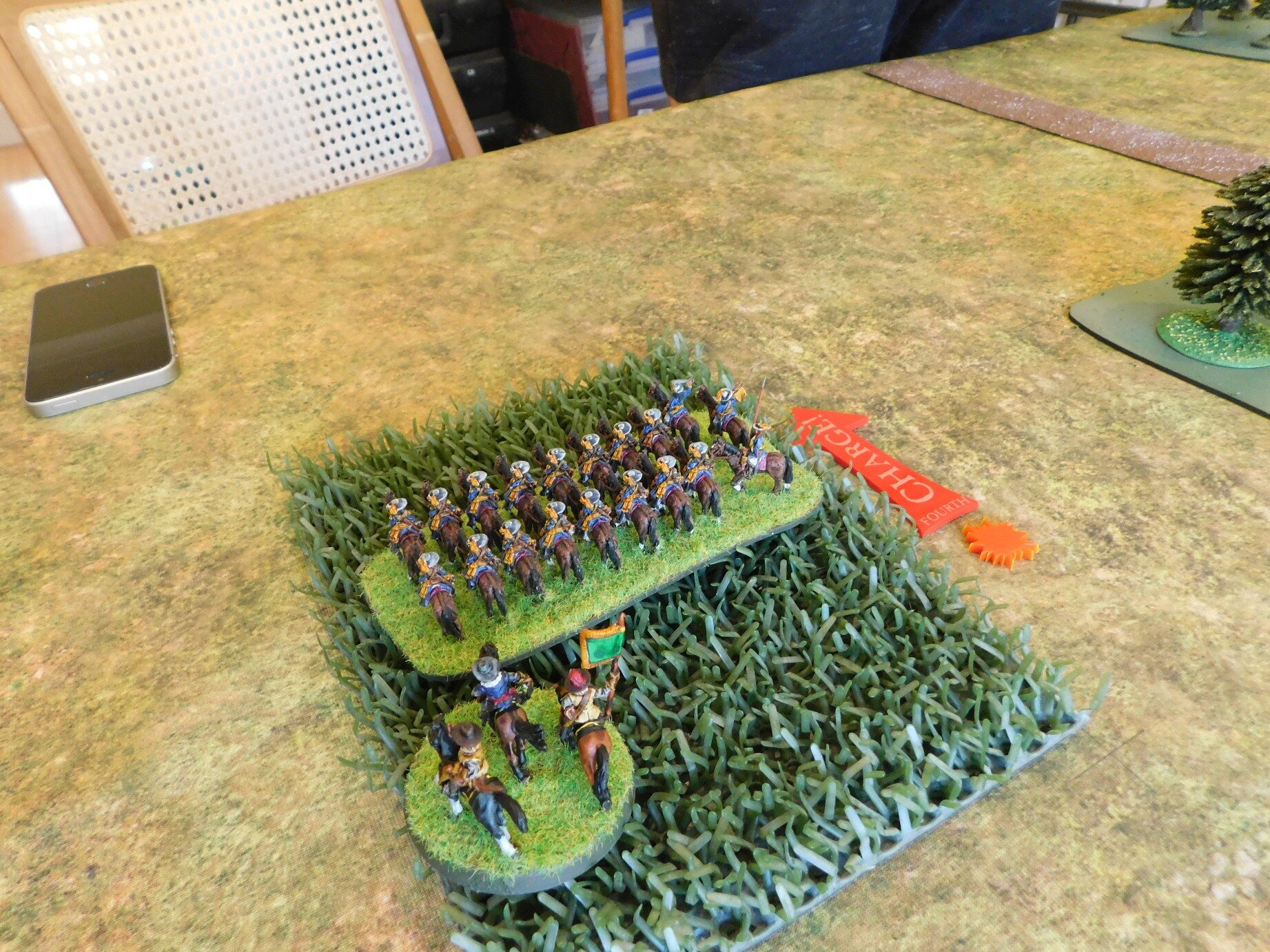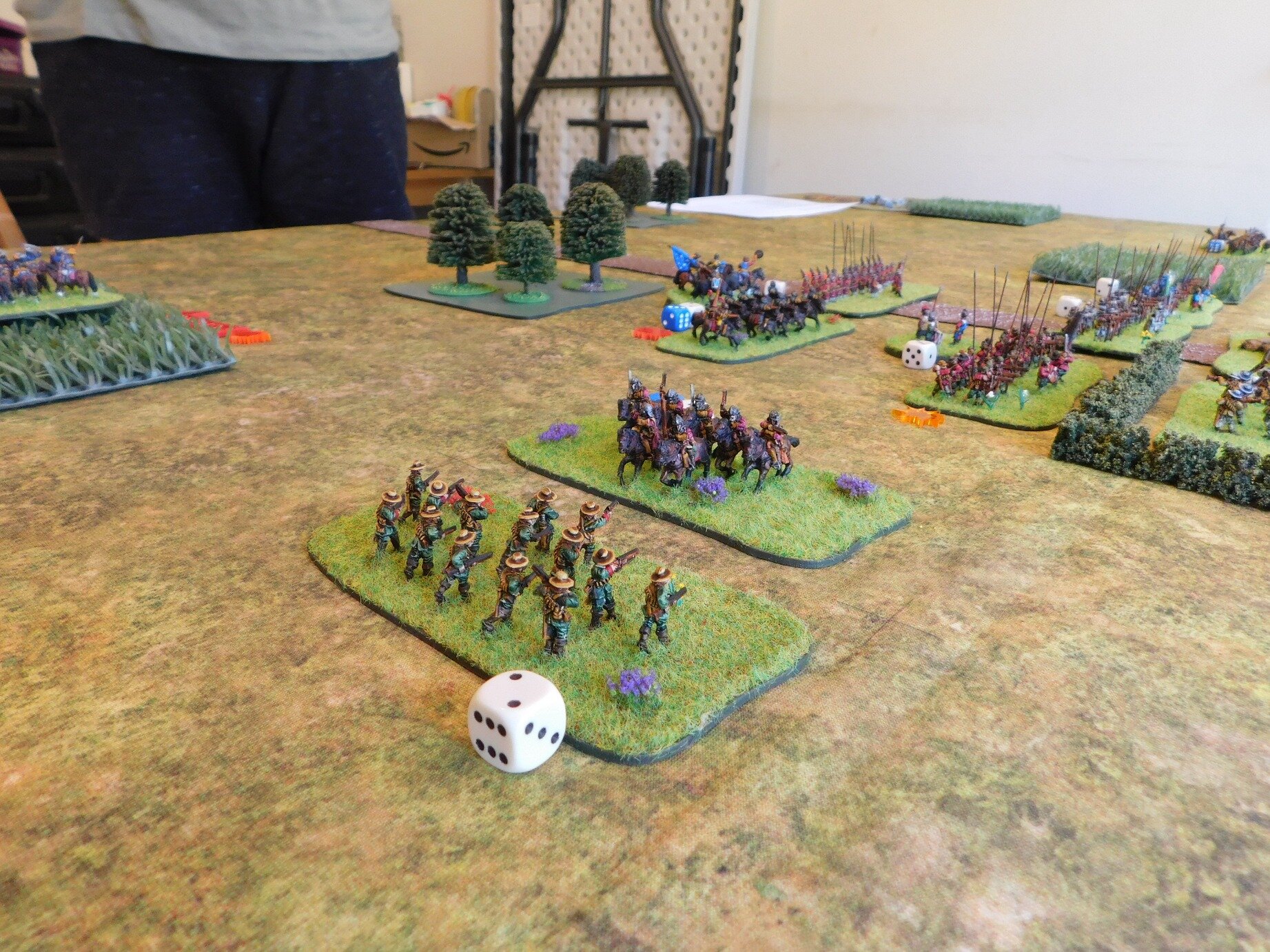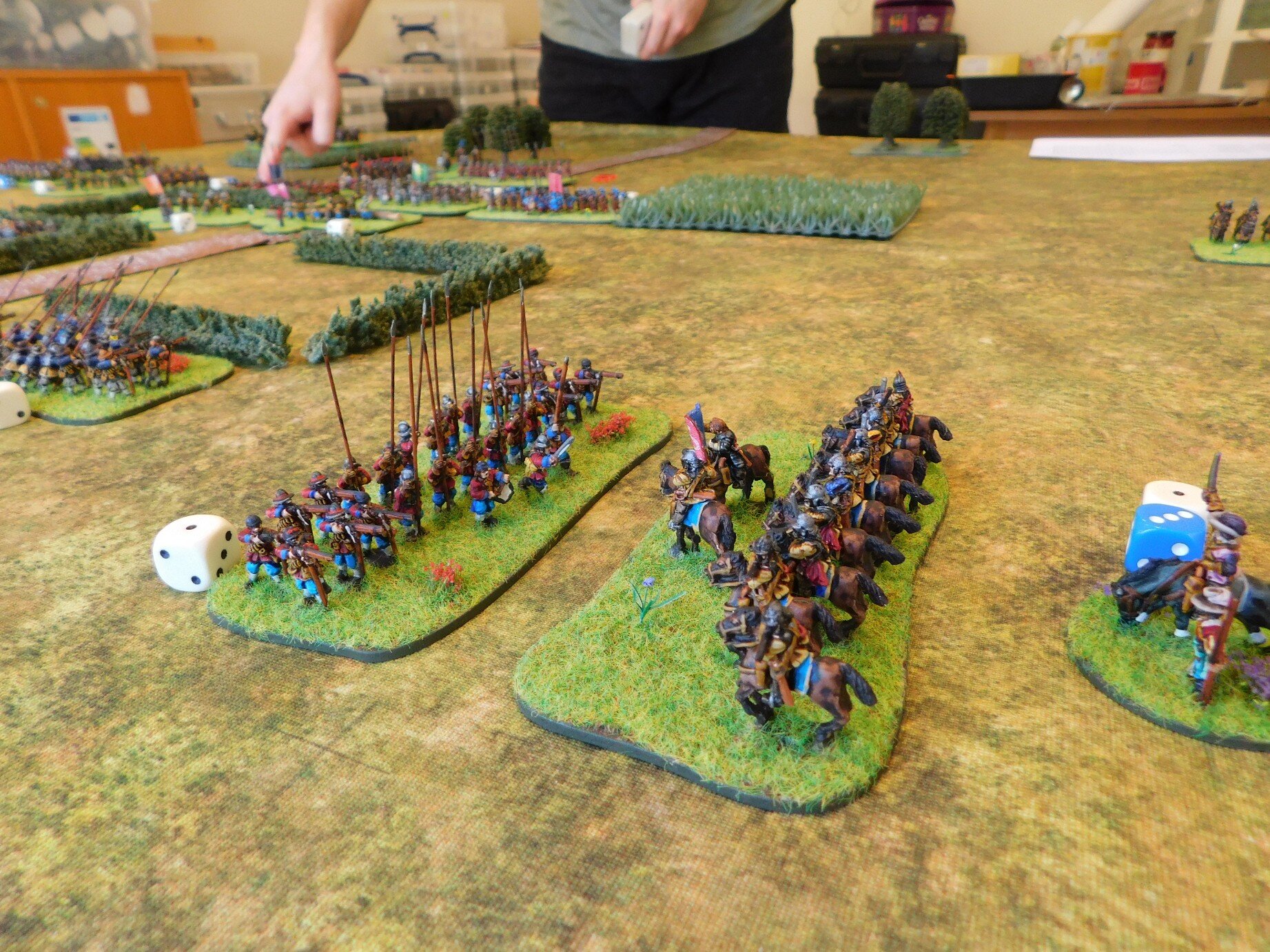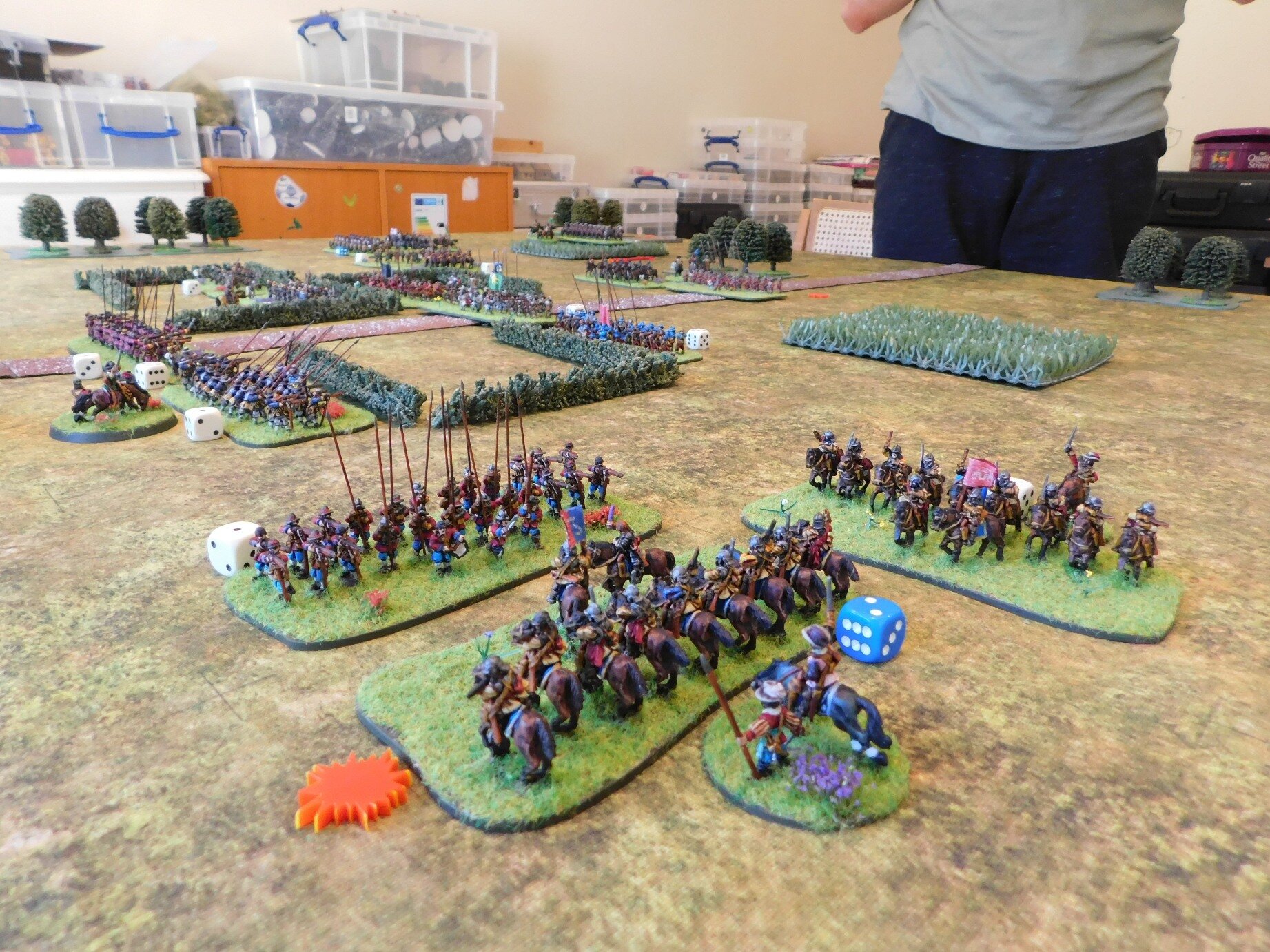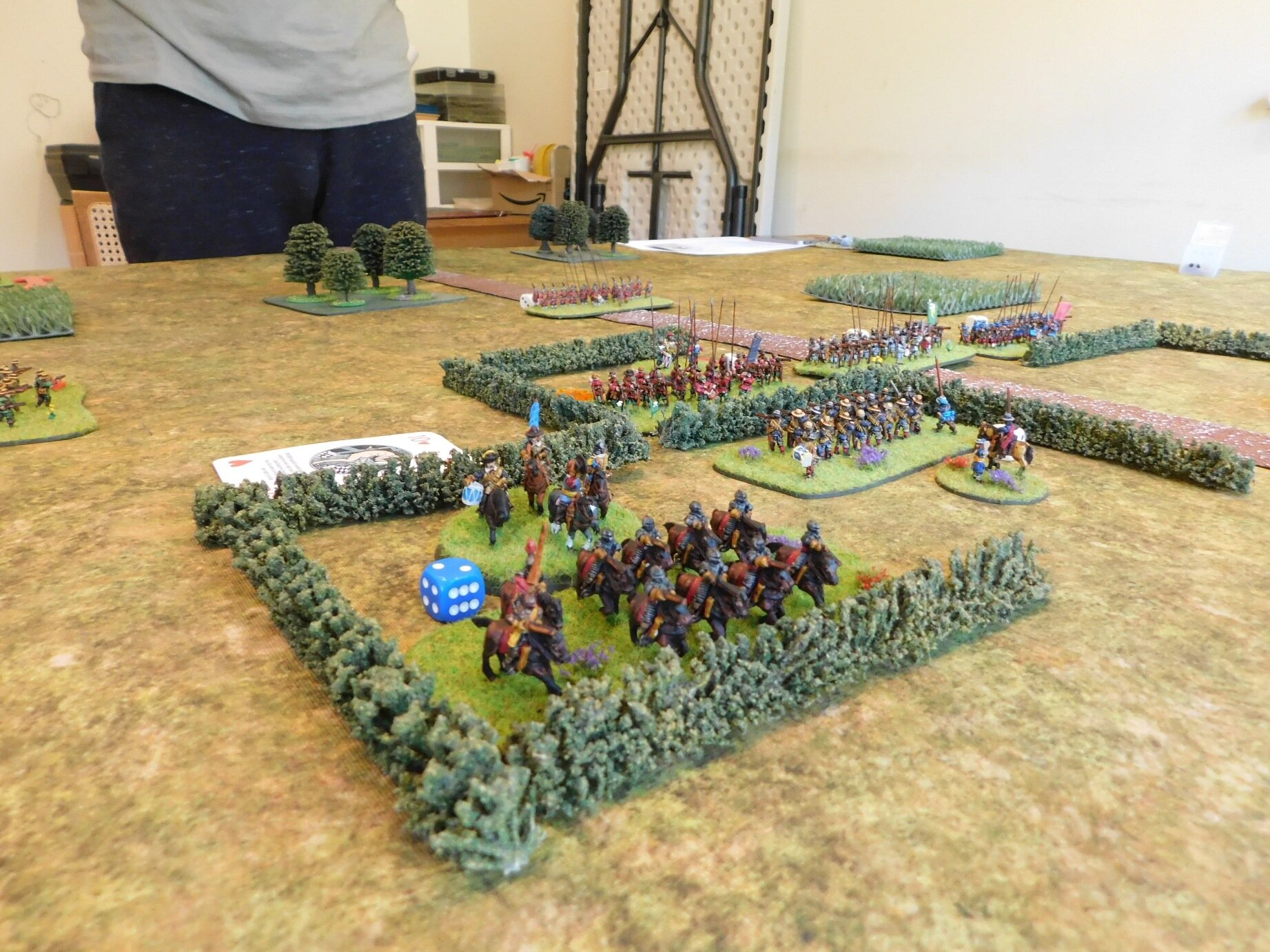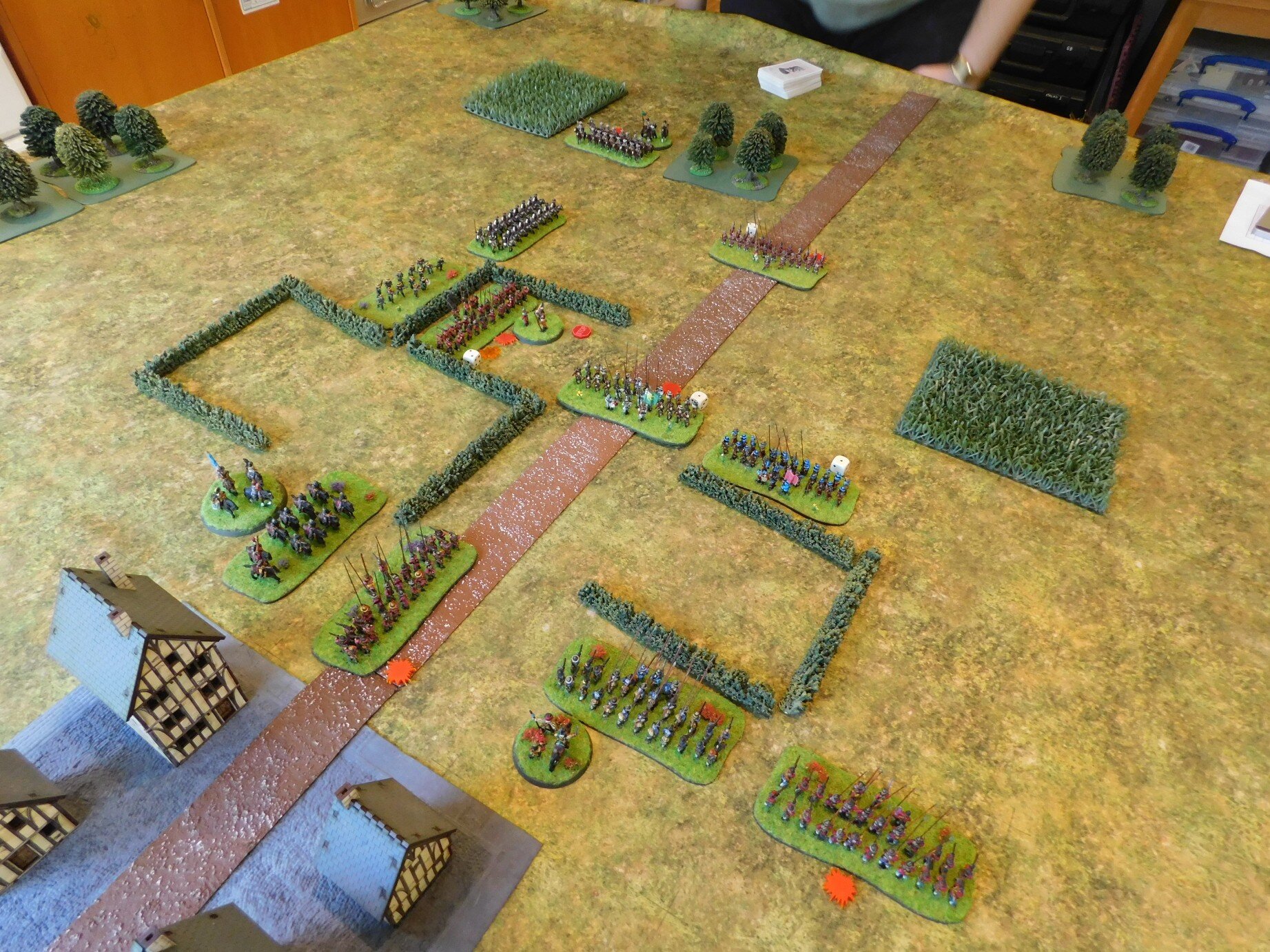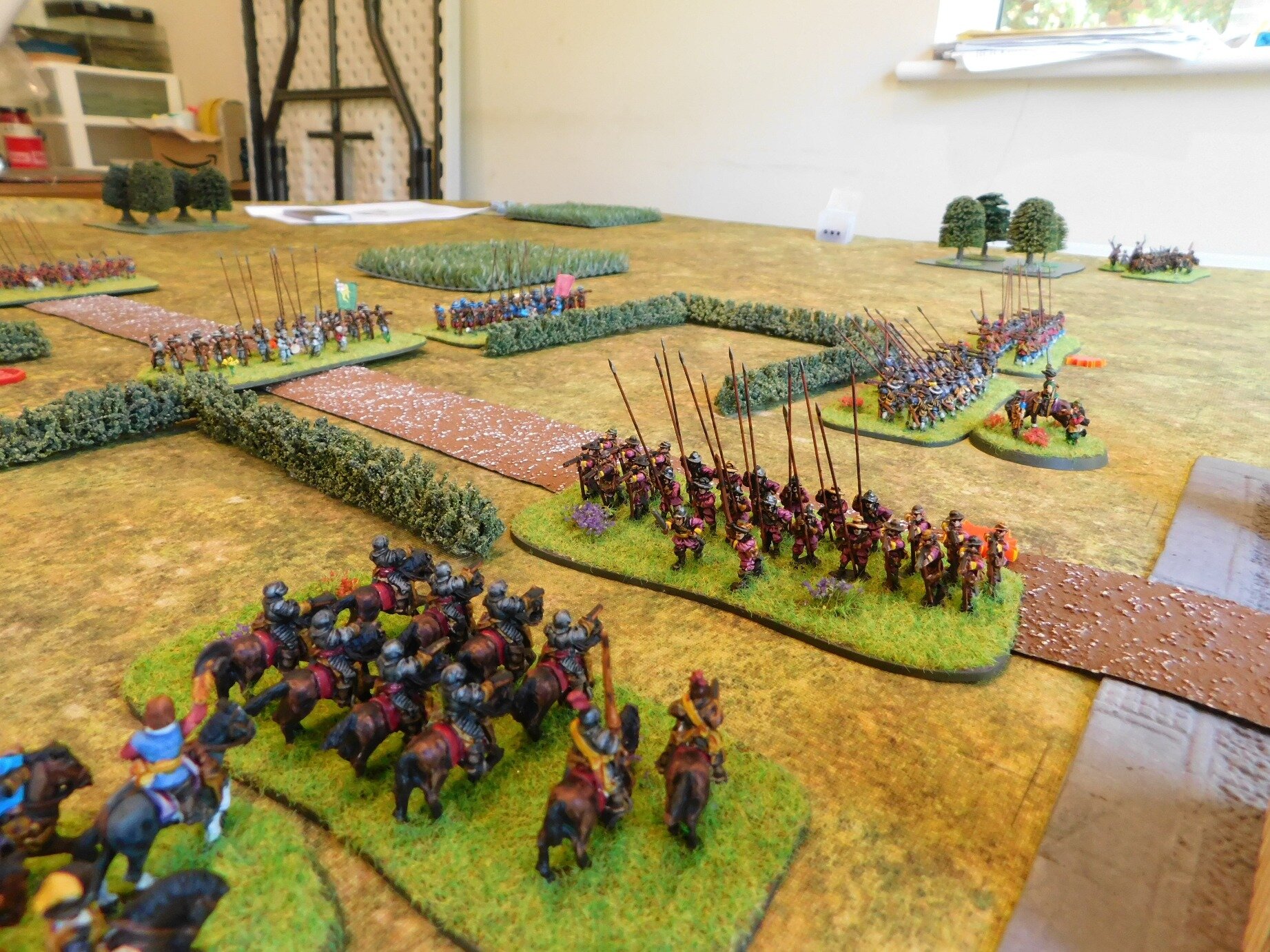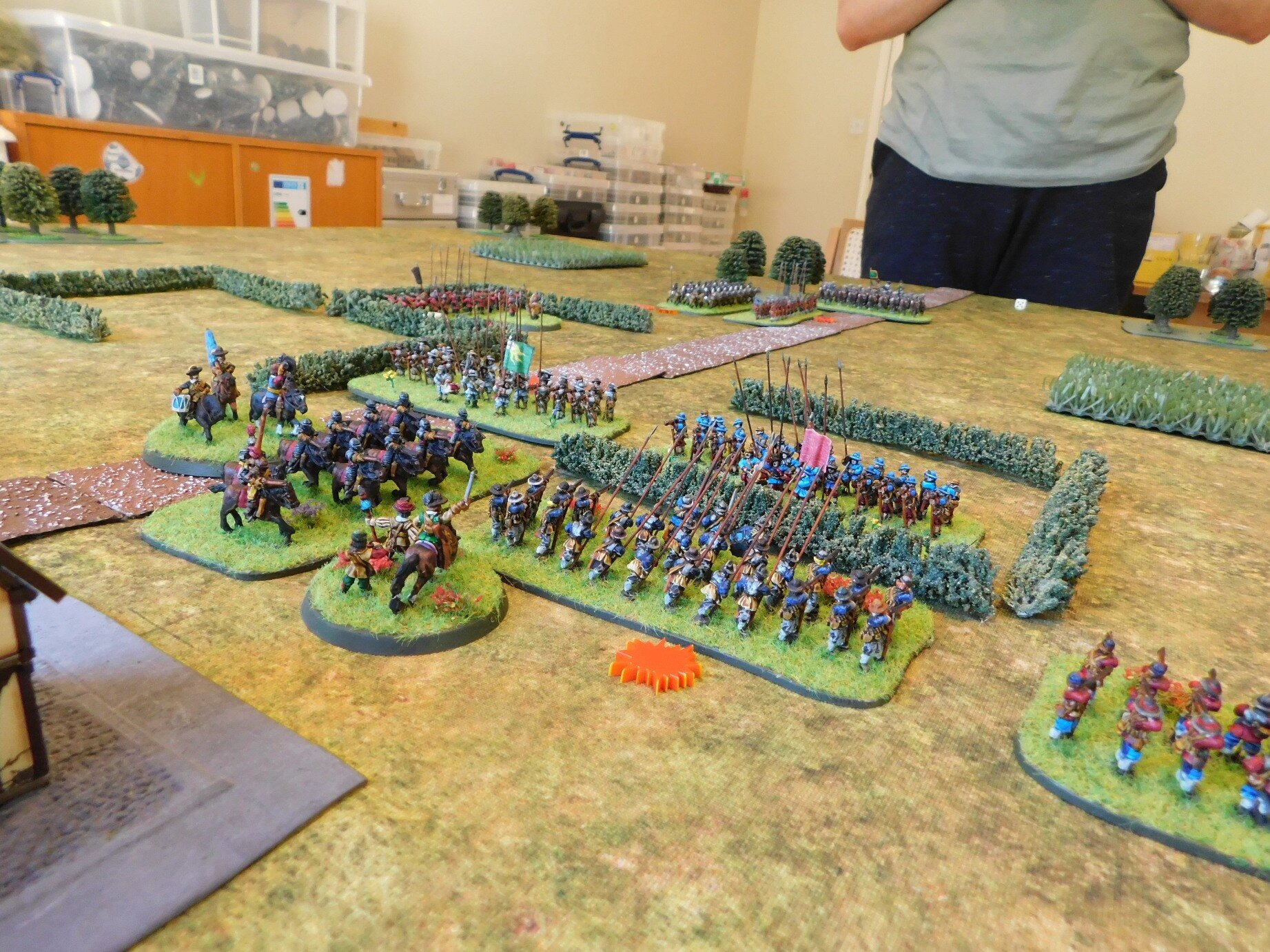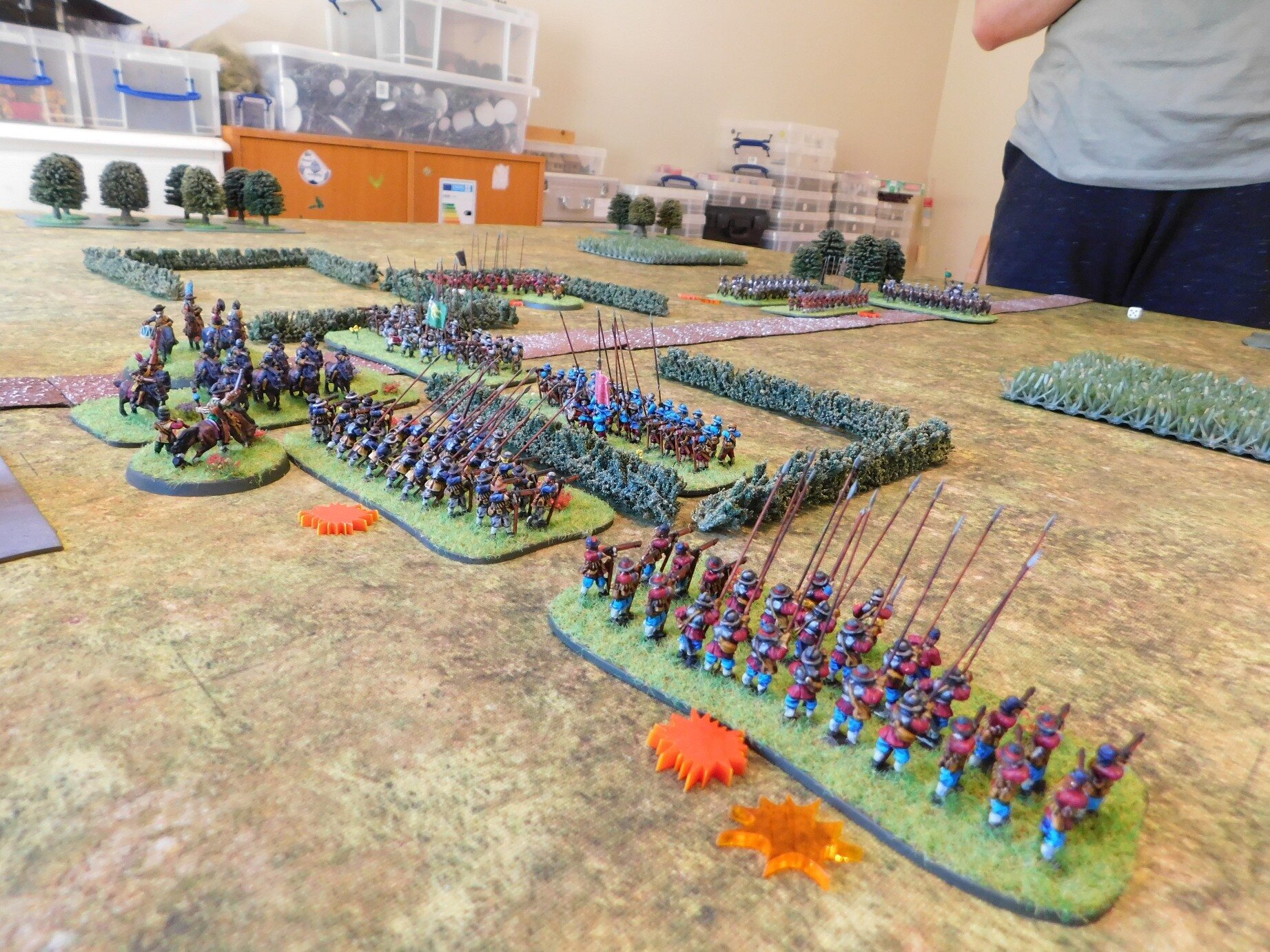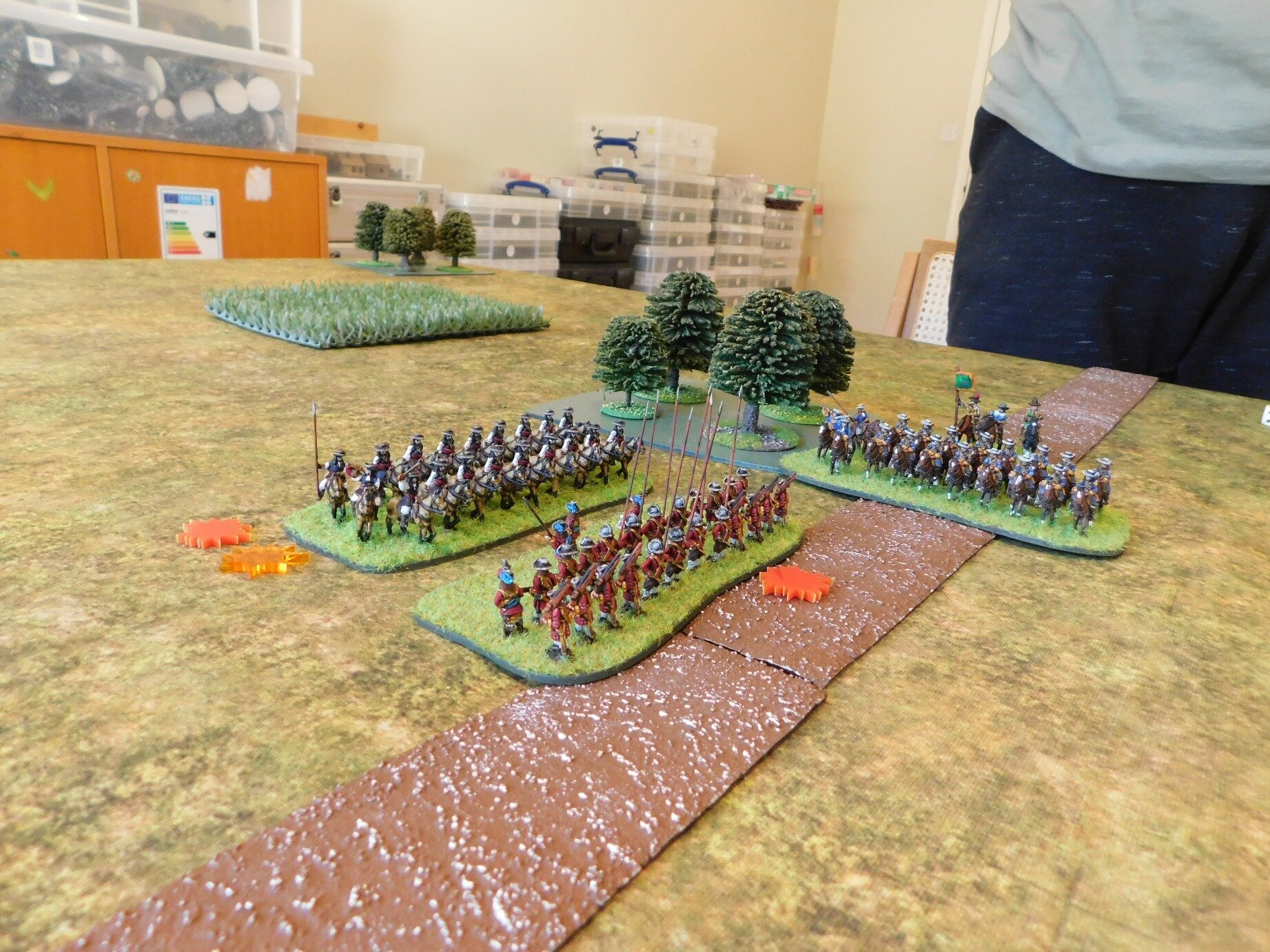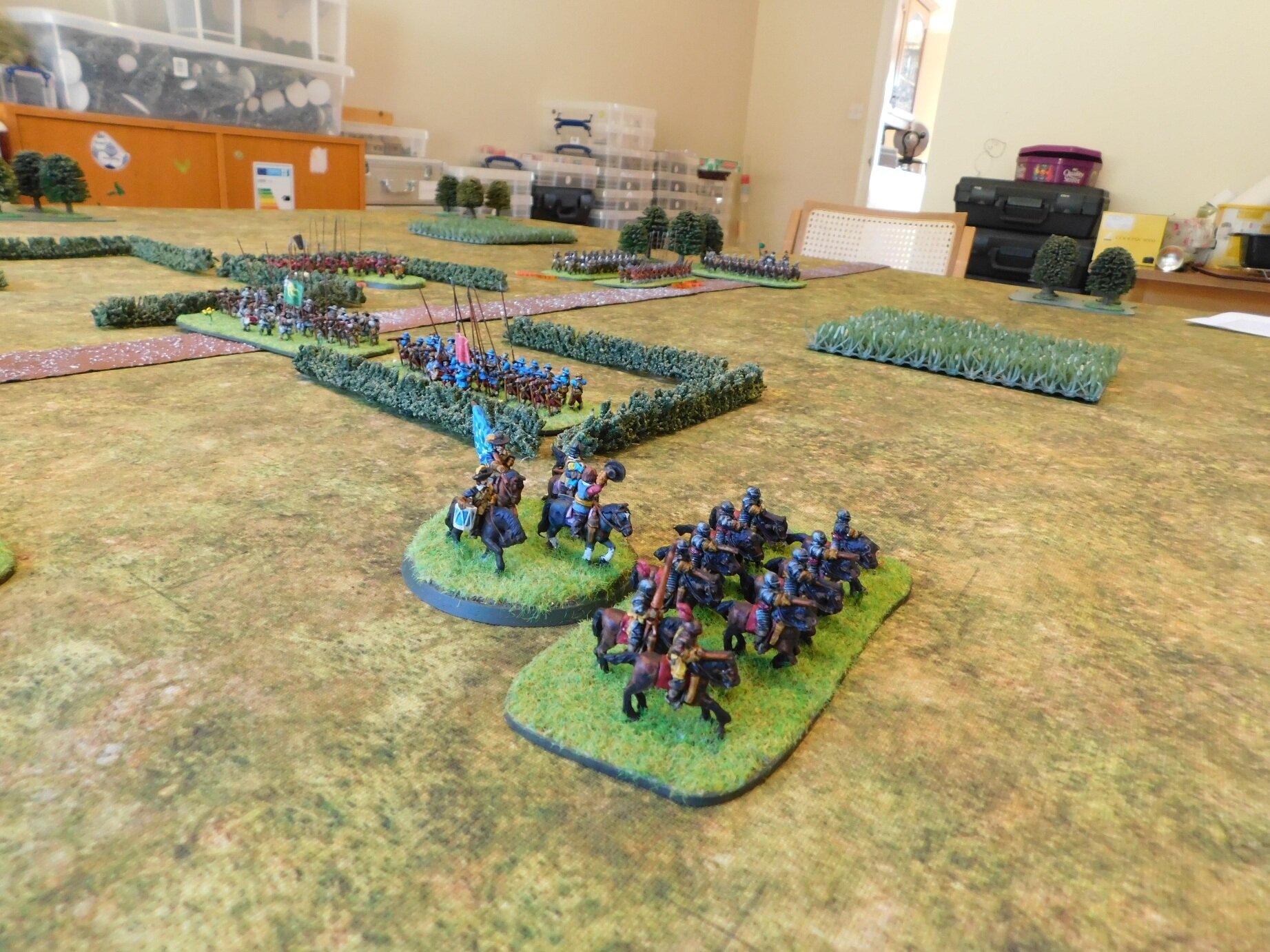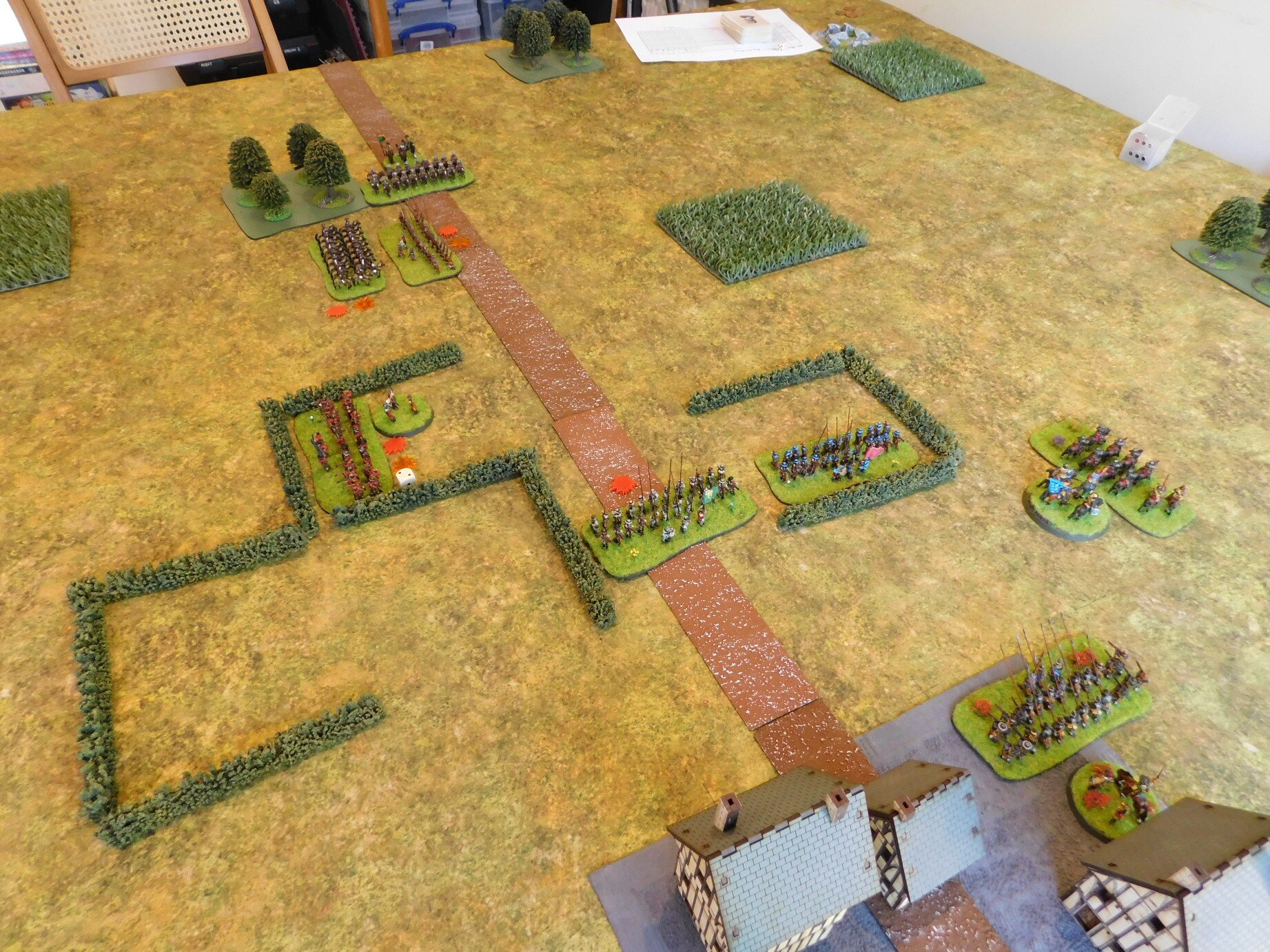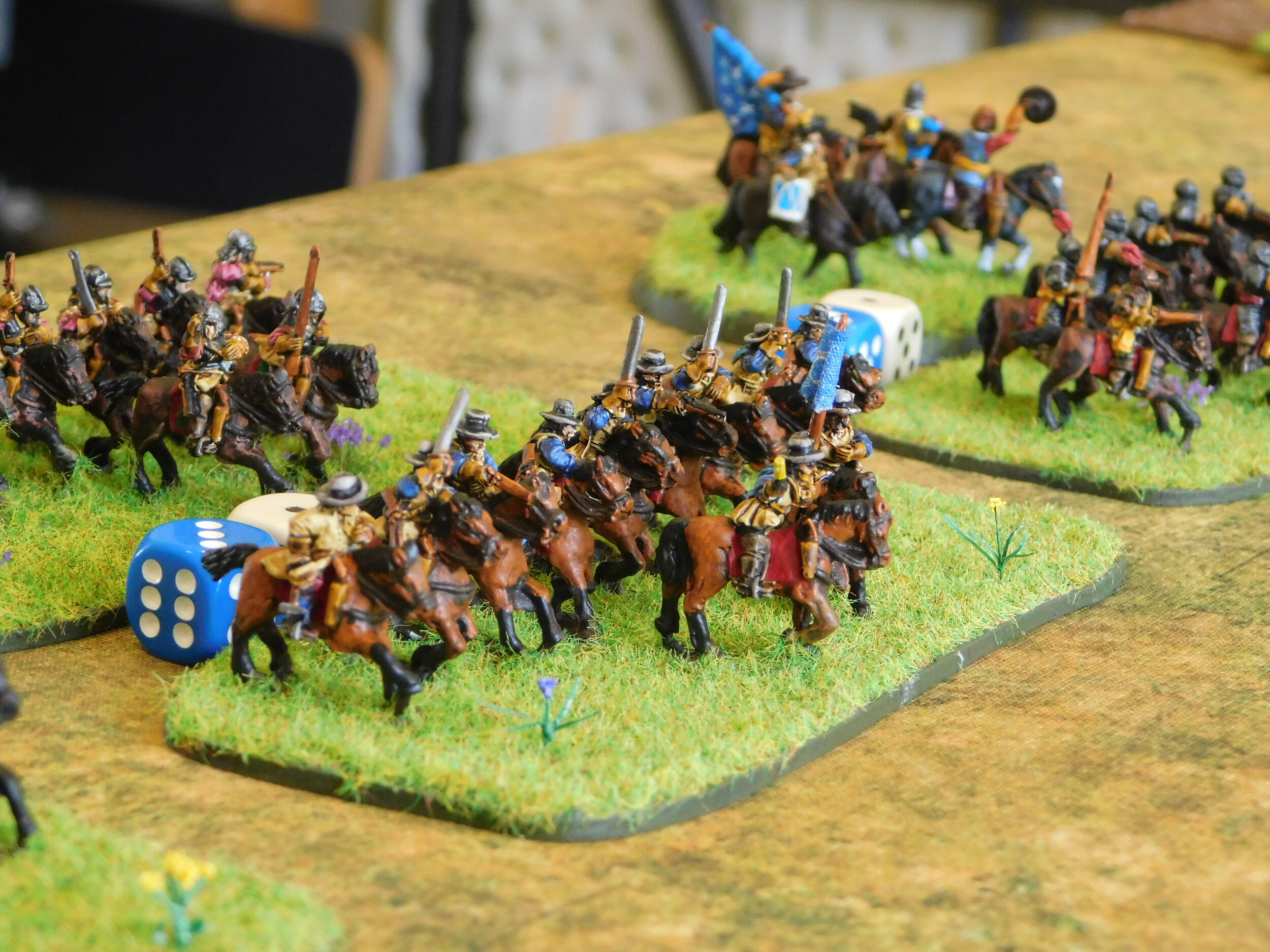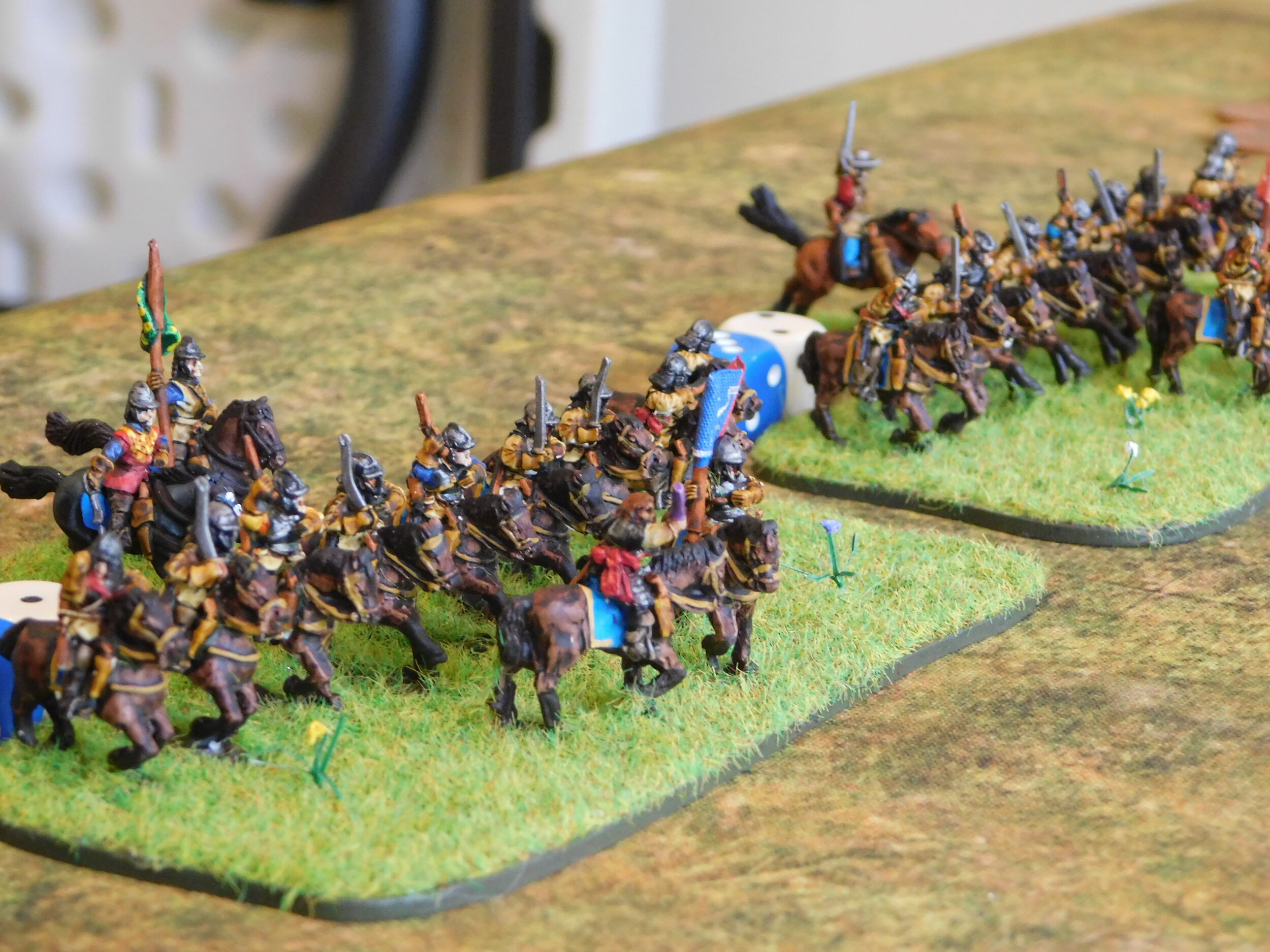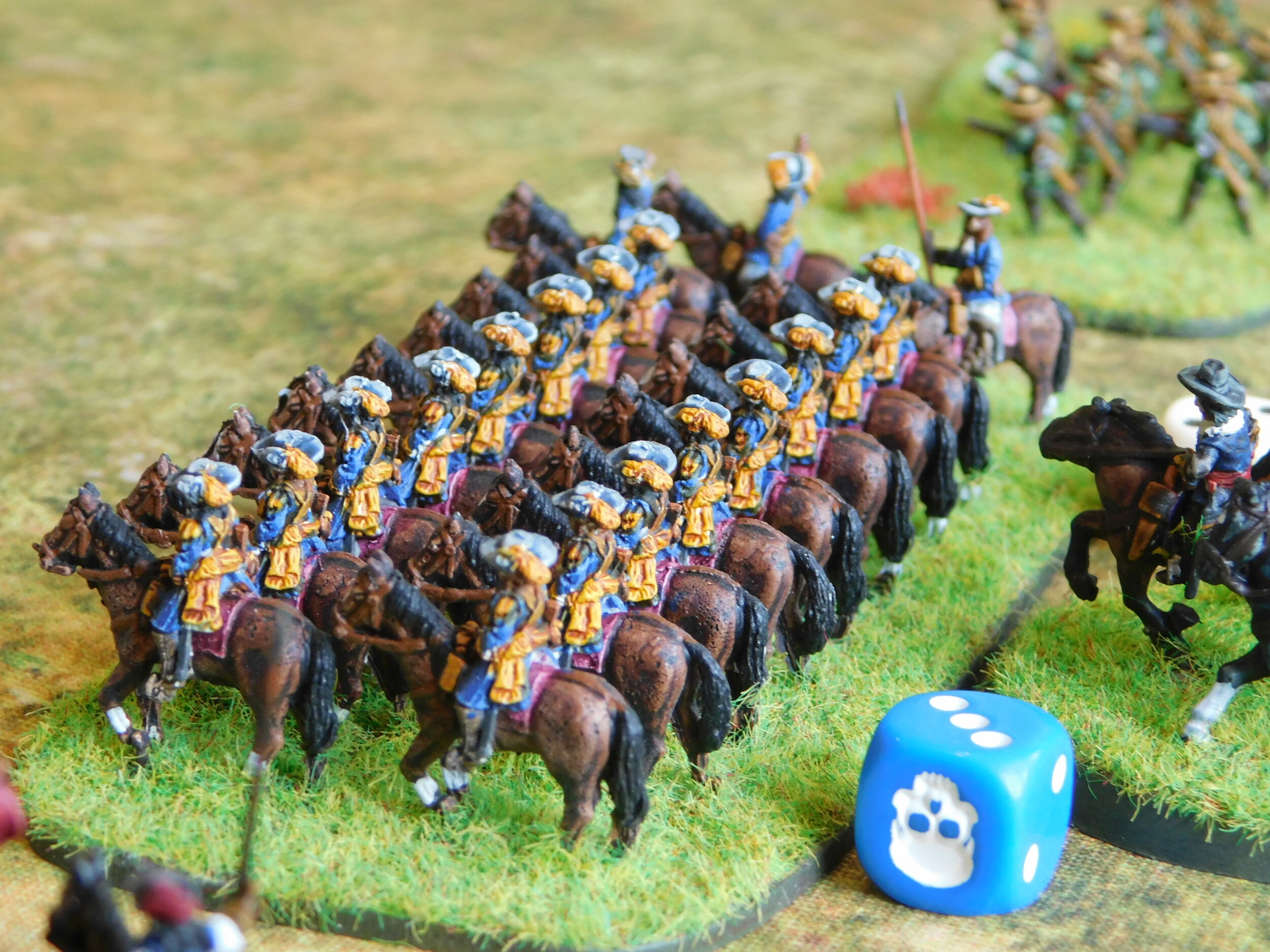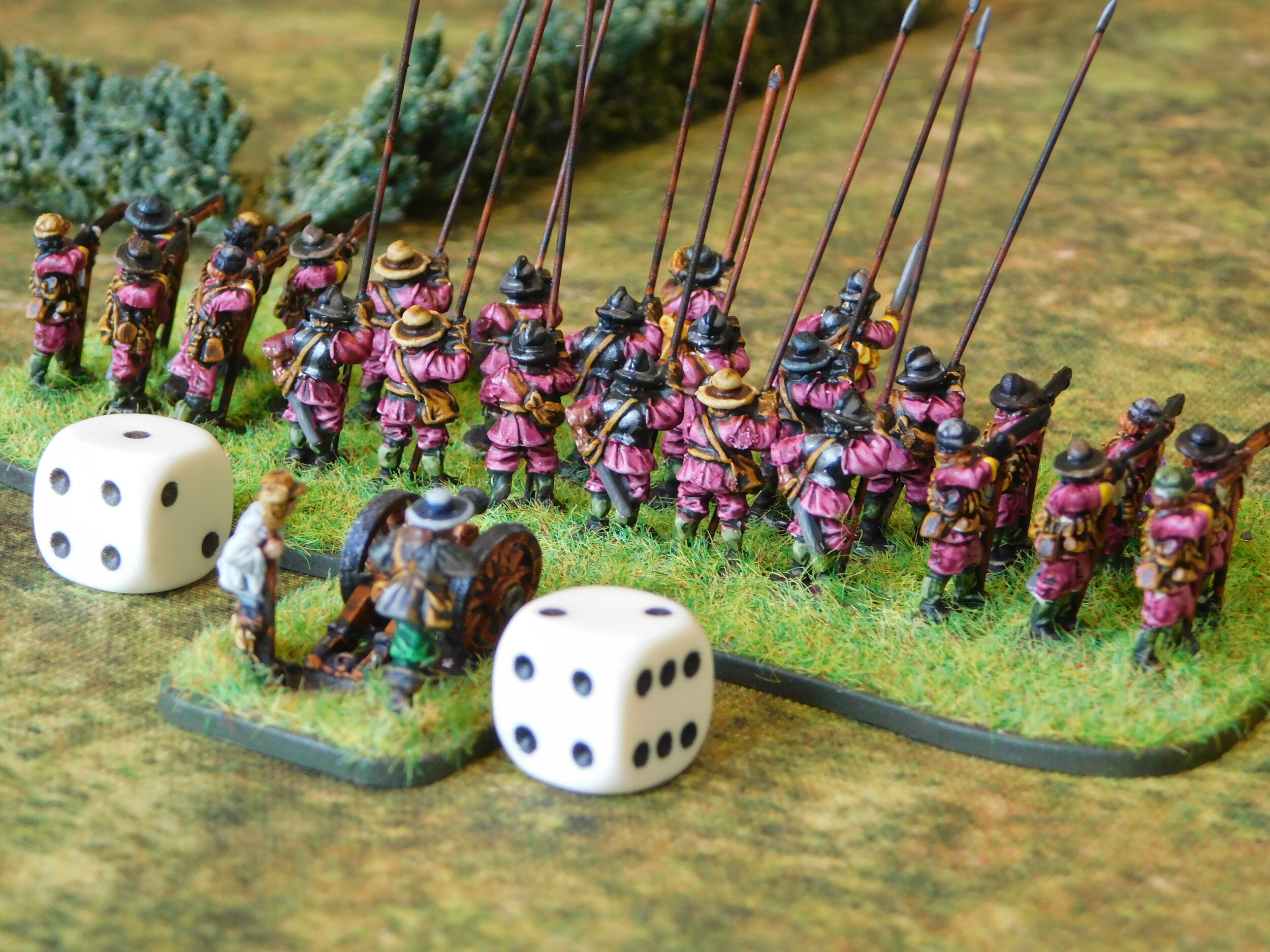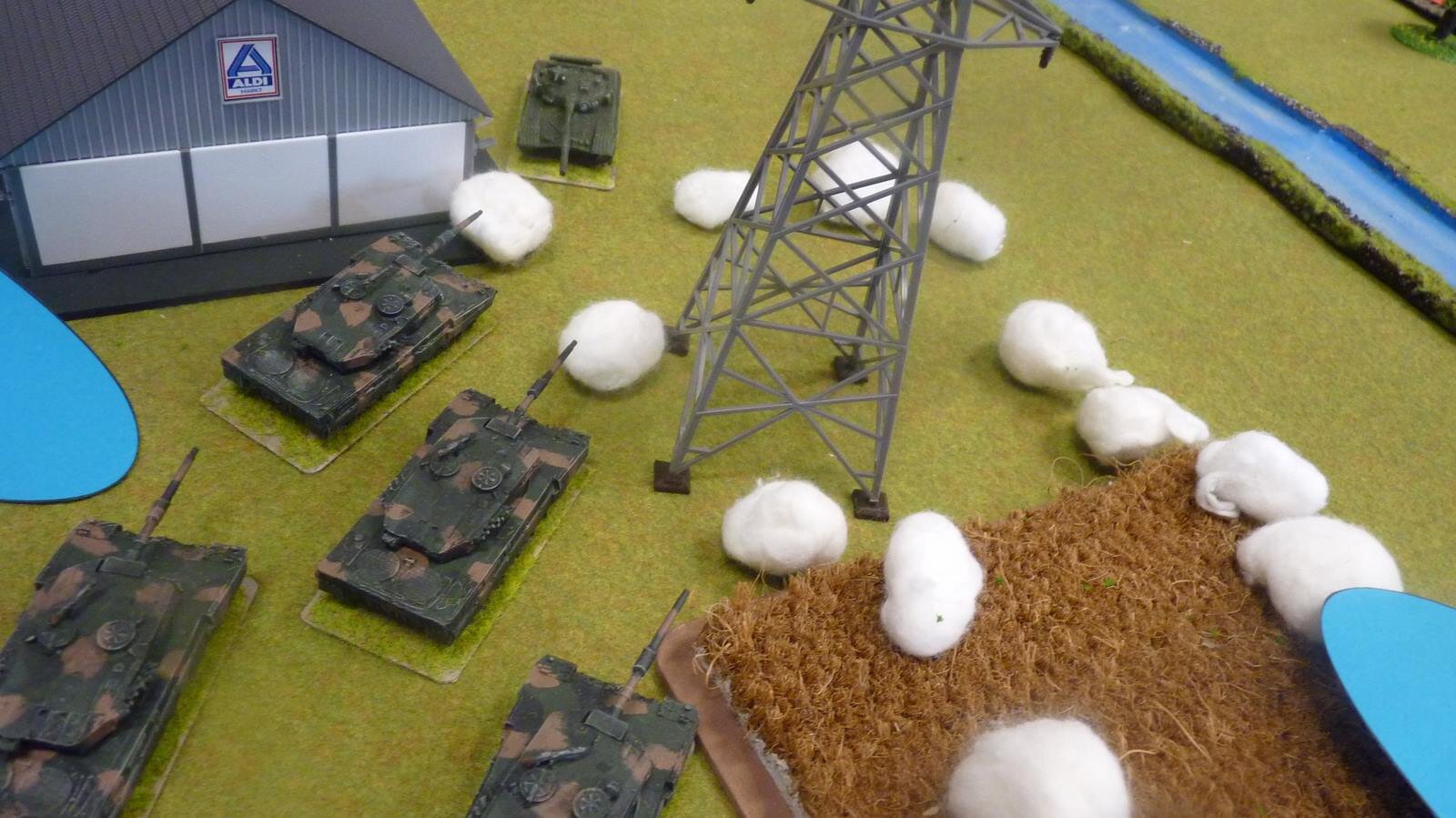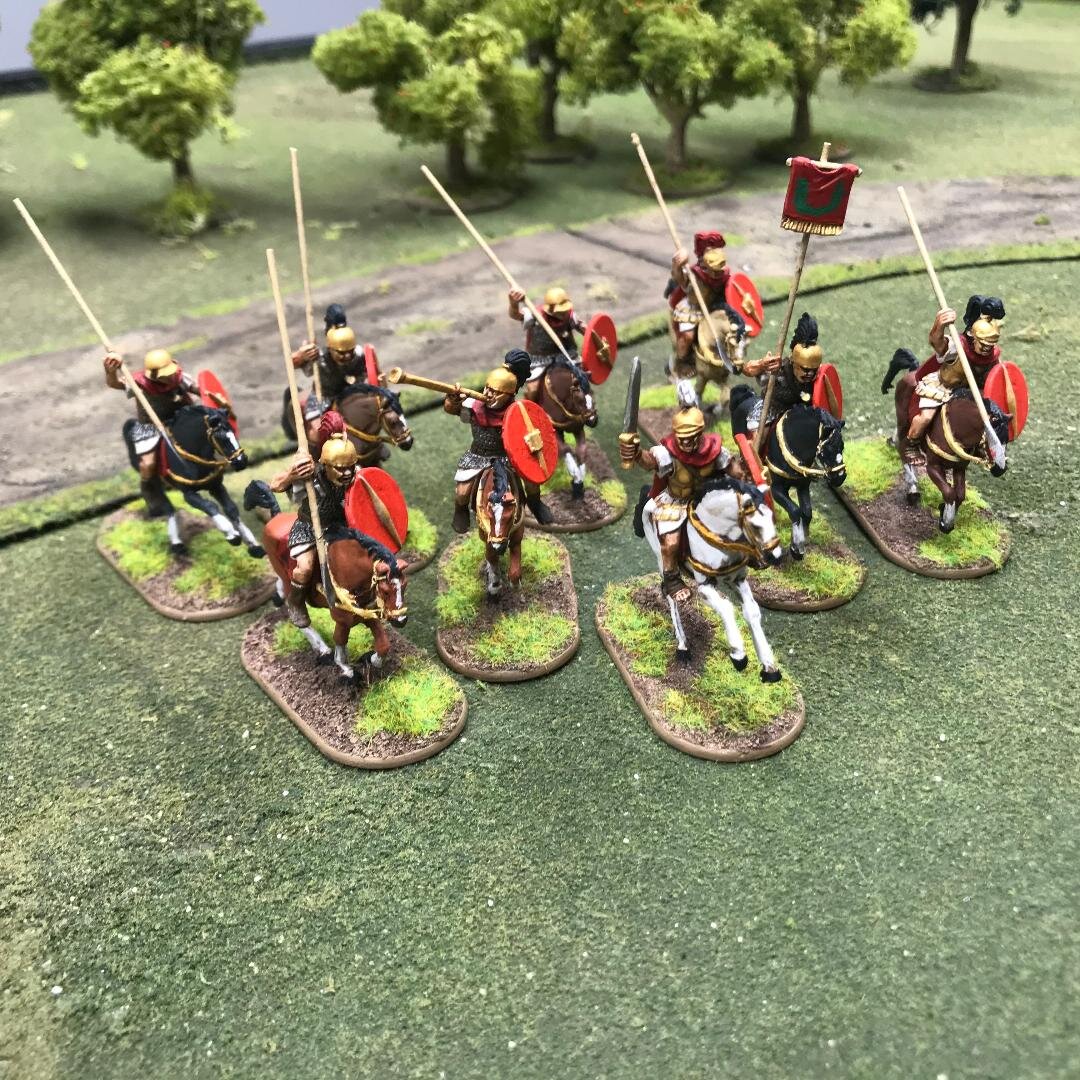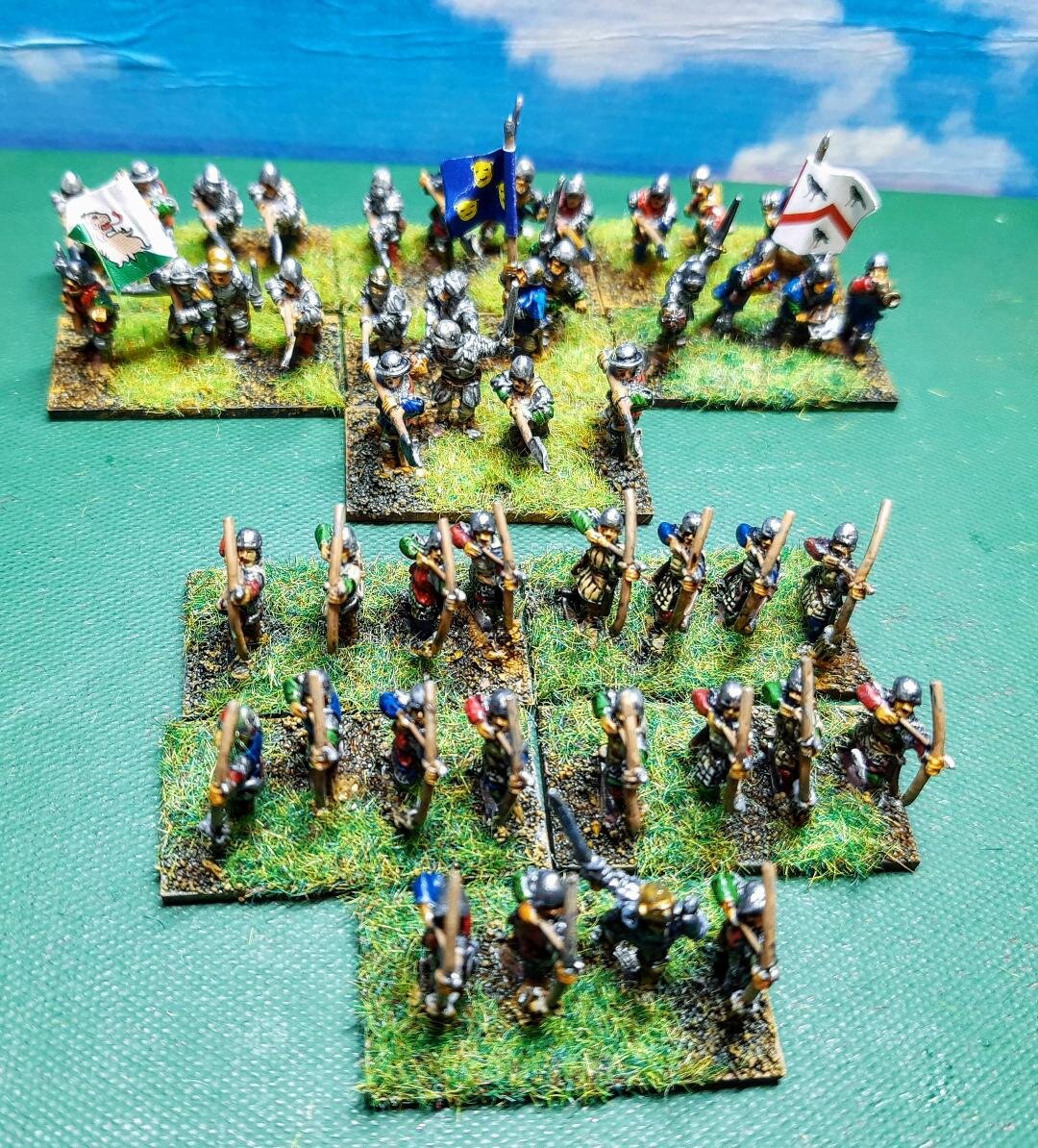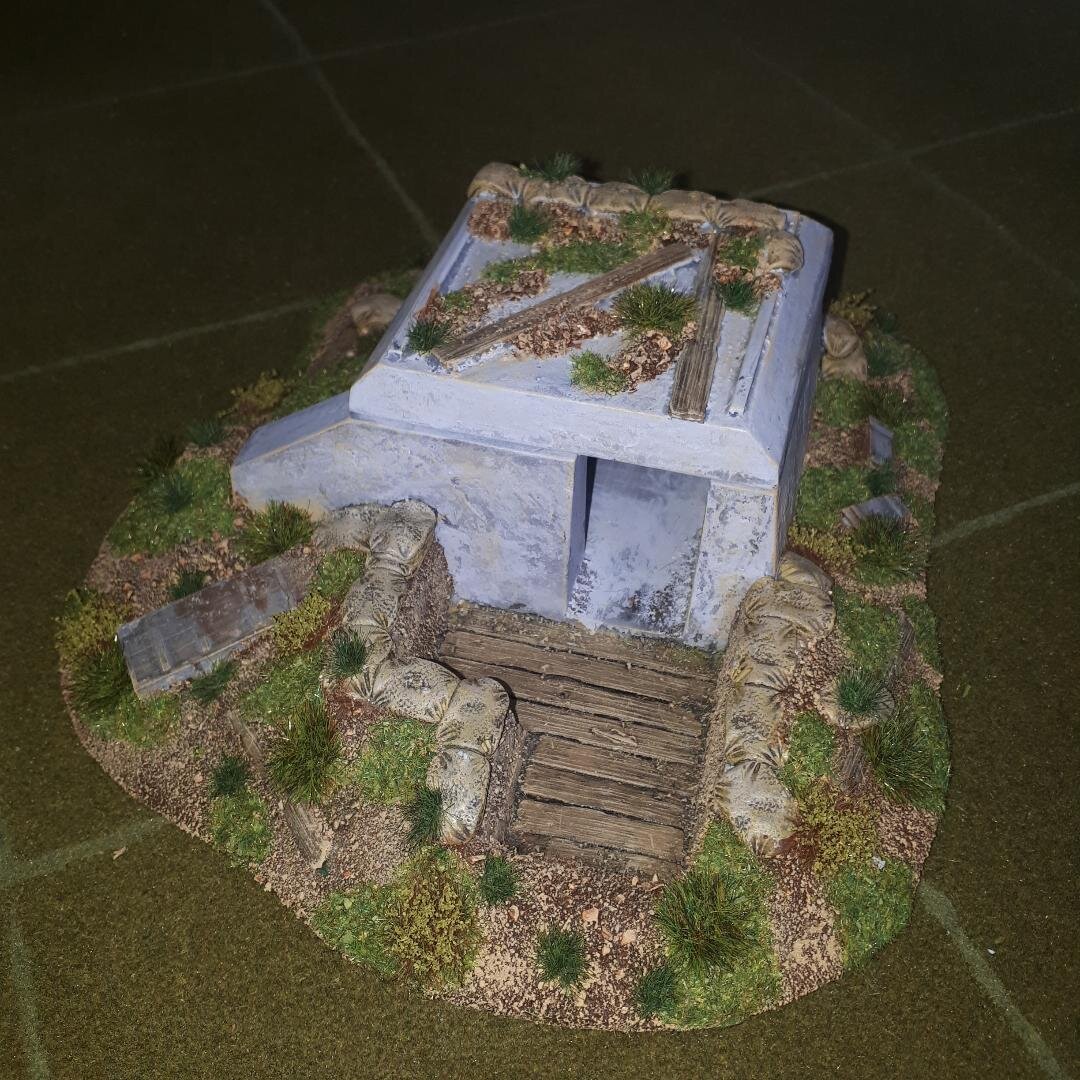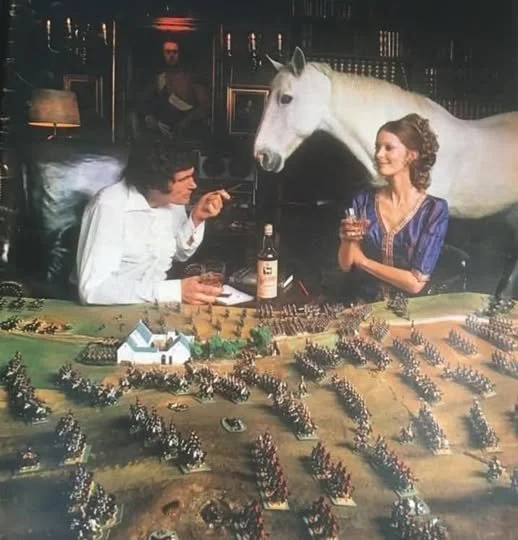Infamy Token Set:
The perfect token set to accompany the rules. This provides tokens to show when your Romans are in close order, when they have shields braced or when they are defending against missiles or in Testudo. It shows when the Barbarians are in shieldwall and tracks ammunition usage for those troops who don’t have an unlimited supply. Essentially, it’s the complete kit for tracking what your troops are doing.
For Advanced Order we are offering three bundles. These are as follows:
The ‘They’ve Got it ALL Infamy’ Bundle! This is the Rule Book, free PDF of the rules, Infamy Cards, Poker Chips and Token Set. This is available for £42.00
The ‘The Big Infamy’ Bundle. This is the Rule Book, free PDF of the rules, Infamy Cards and Token Set. This set is available for £38.50
The ‘The Basic Infamy’ Bundle. This is the Rule Book, free PDF of the rules and Infamy Cards. This set is available for £34.00
PLEASE BE AWARE. The PDF will be emailed to you on the day the rules are released.
Why can’t you buy the rule book on its own or additional token sets? The rule book on its own is not the complete game. You do need the minimum of the Infamy Cards to play, so whilst we will be selling the rules separately after the 1st of July, we are focusing at this stage on the advanced order bundles. The processing of thousands of orders is a laborious one that is much simplified if we keep it to the key bundles that are available. What’s more, these bundles offer superb value for money and are prices that we cannot maintain after the release day.
As for additional token sets and Poker Chips, we honestly don’t think you need them. The number of tokens in the set is pretty much double what we used in ANY game at playtest stage, and we played plenty of them. Again with Poker Chips. We never used anywhere near all of the Chips in the set. So the bundles have been designed to provide all that we think is required.
Breaking the Line









